- A great lesson in aerodynamics
- Excellent efficiency and range
- Daring design with great detailing
- No smaller battery option like overseas
- Rear headroom isn't great
- Should be a liftback and not a sedan
Thanks largely to its daring design, it’s safe to say that the Hyundai Ioniq 5 electric SUV shocked the world – pun intended – when it was released a few years ago. While sales have been modest thanks to tight supply, it’s done wonders for Hyundai’s reputation. Its design, its quality engineering and tech, as well as its 350kW charging capability, for example, are some of the best in the industry. It’s a difficult act for the company to follow, but we think it’s done it with the 2023 Hyundai Ioniq 6 Dynamiq, which is even better than the Ioniq 5 in some ways. Read on to find out why.
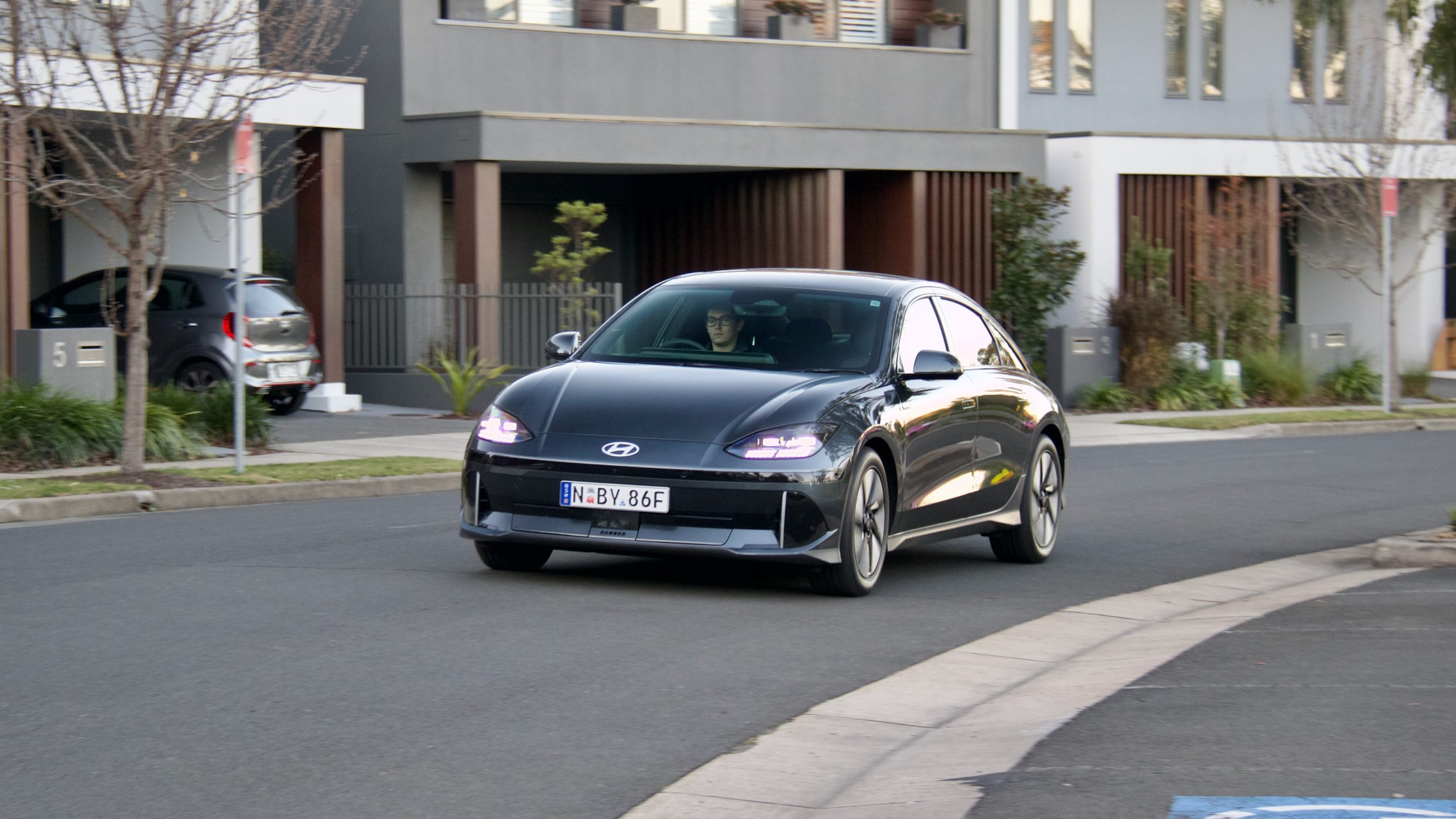
The Ioniq 6 Dynamiq appears to offer quite a lot to new electric car buyers: daring design, the latest technology, a solid aftersales program, keen driving dynamics, good practicality and one of the best electric car ranges on the market: a claimed 614km on the WLTP cycle. Is that enough to best the top-selling Tesla Model 3, as well as the recently upgraded Polestar 2?
Price & Equipment: 7.5/10
In Australia, there are three Ioniq 6 models on offer: the entry-level Dynamiq tested here, the mid-range Techniq and the top-spec Epiq with the entry-level car featuring a rear-wheel drive drivetrain and the upper-spec models adding a front electric motor for 239kW of power and all-wheel drive.
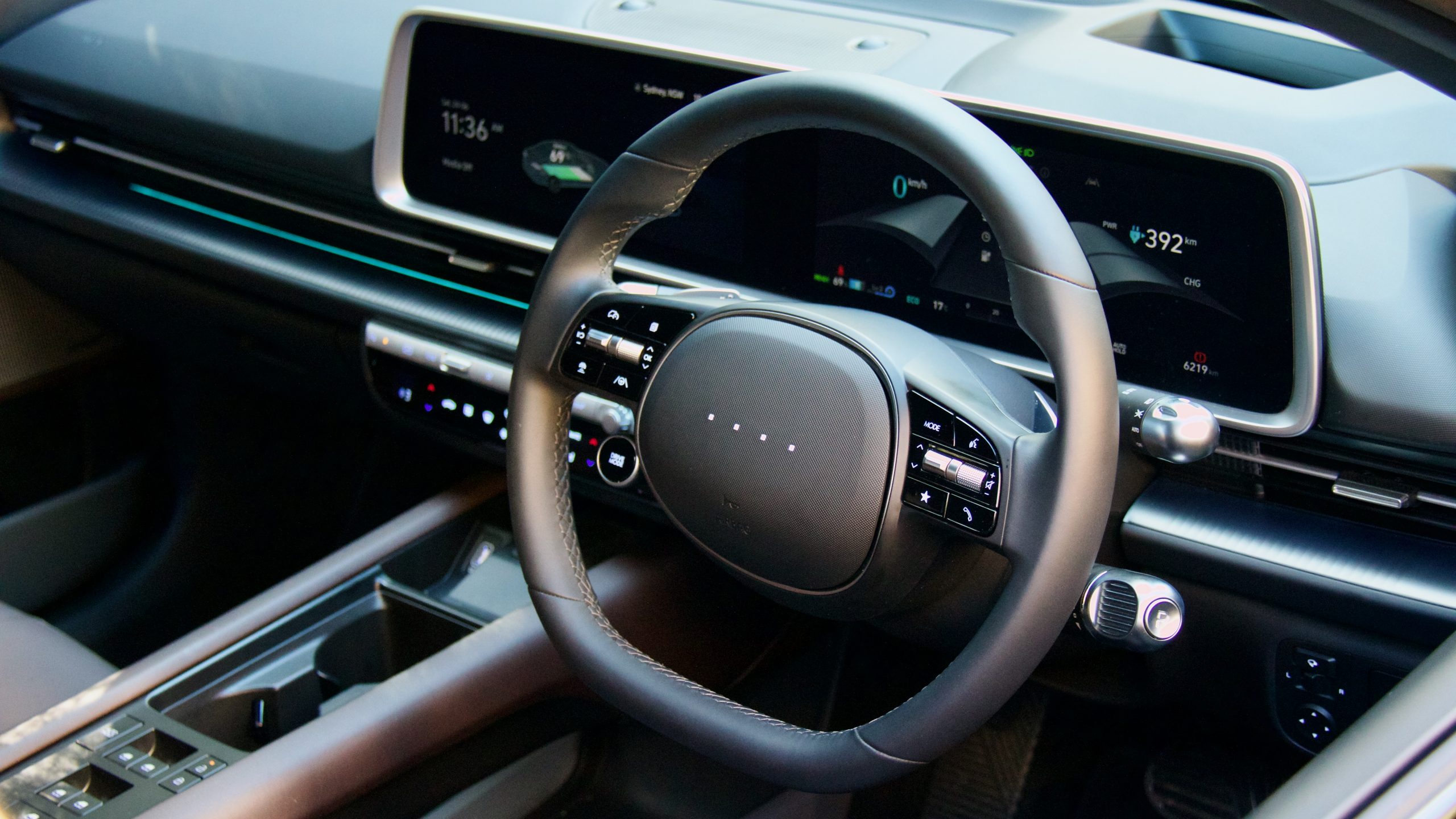
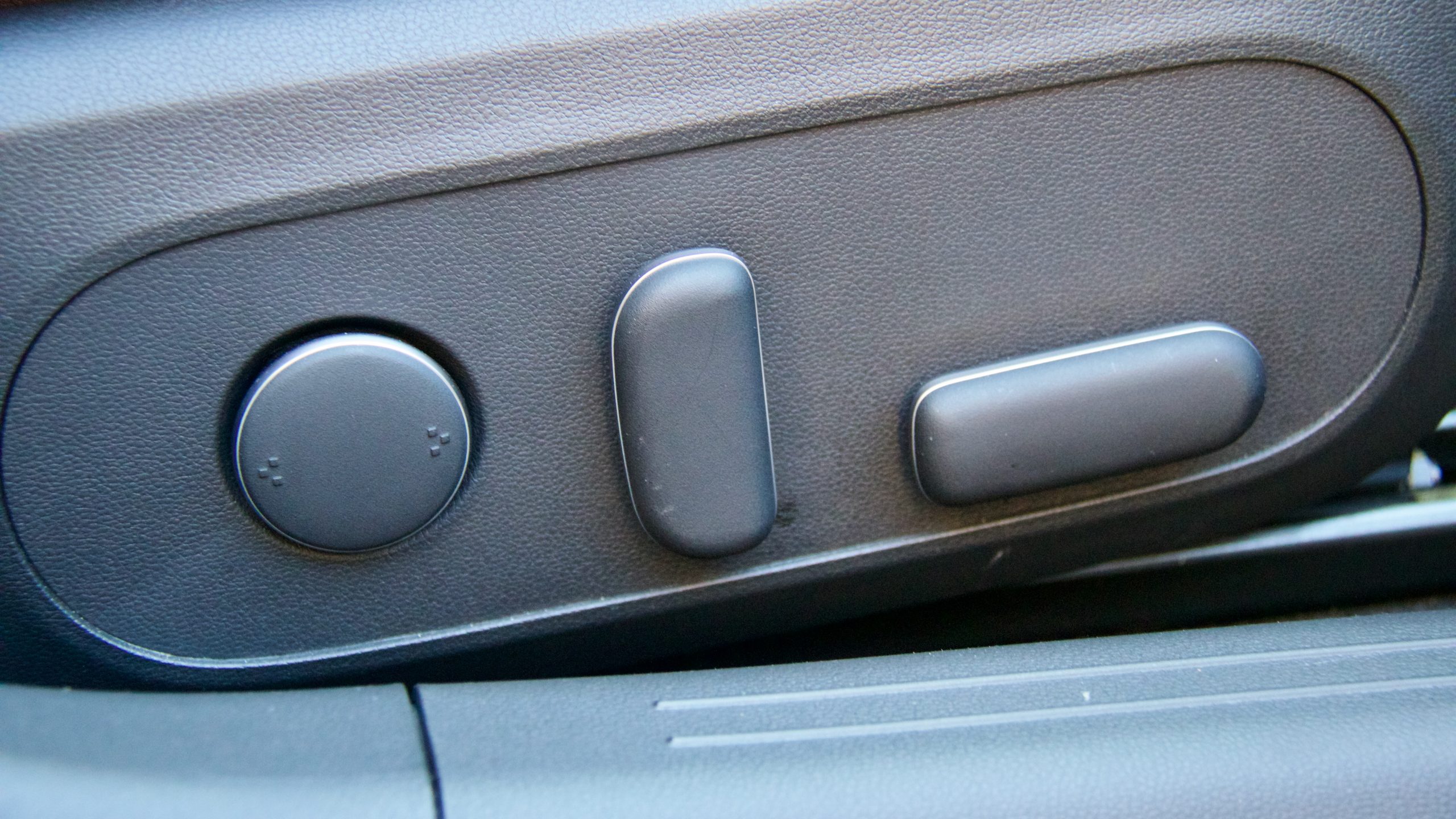
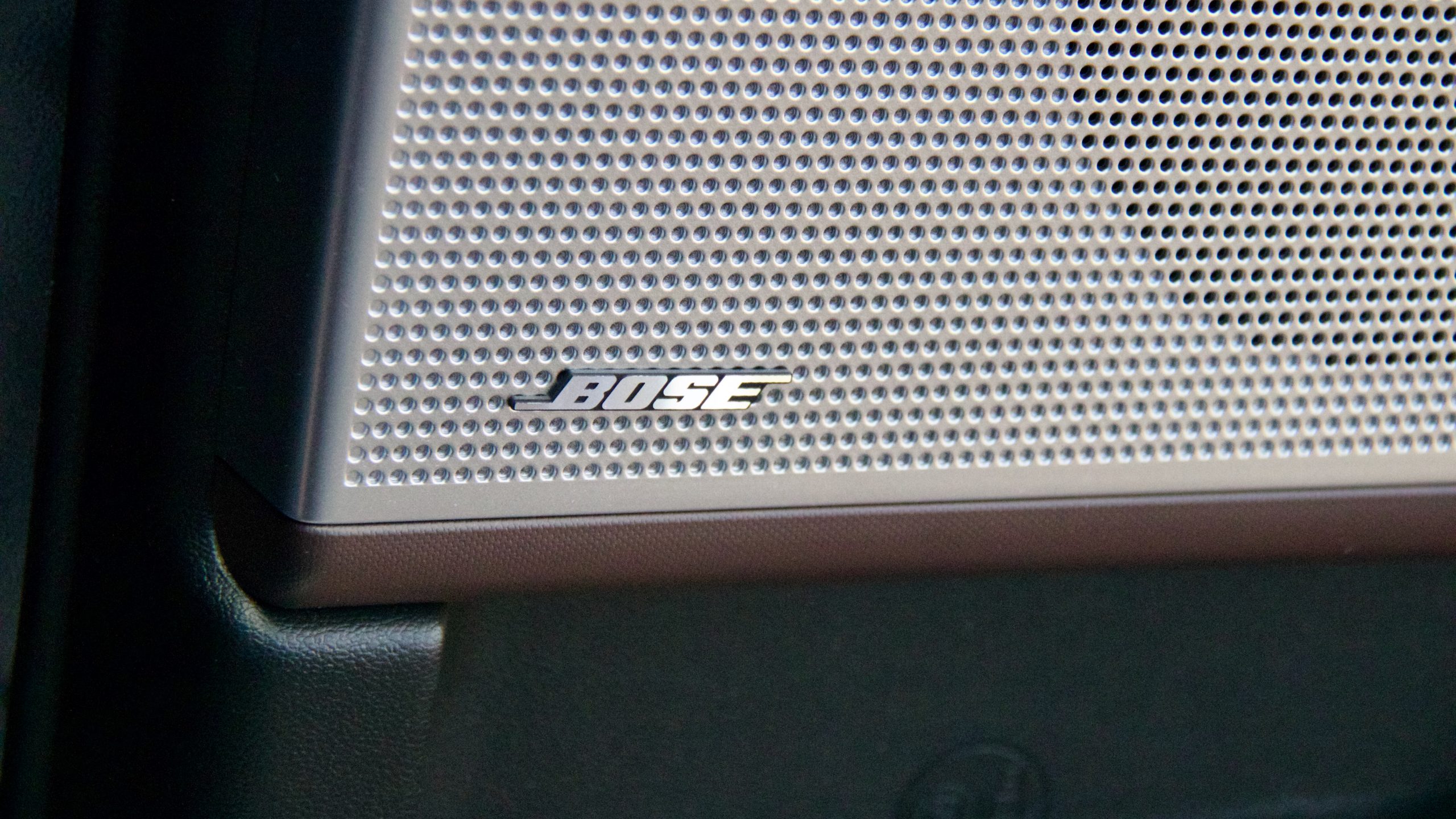
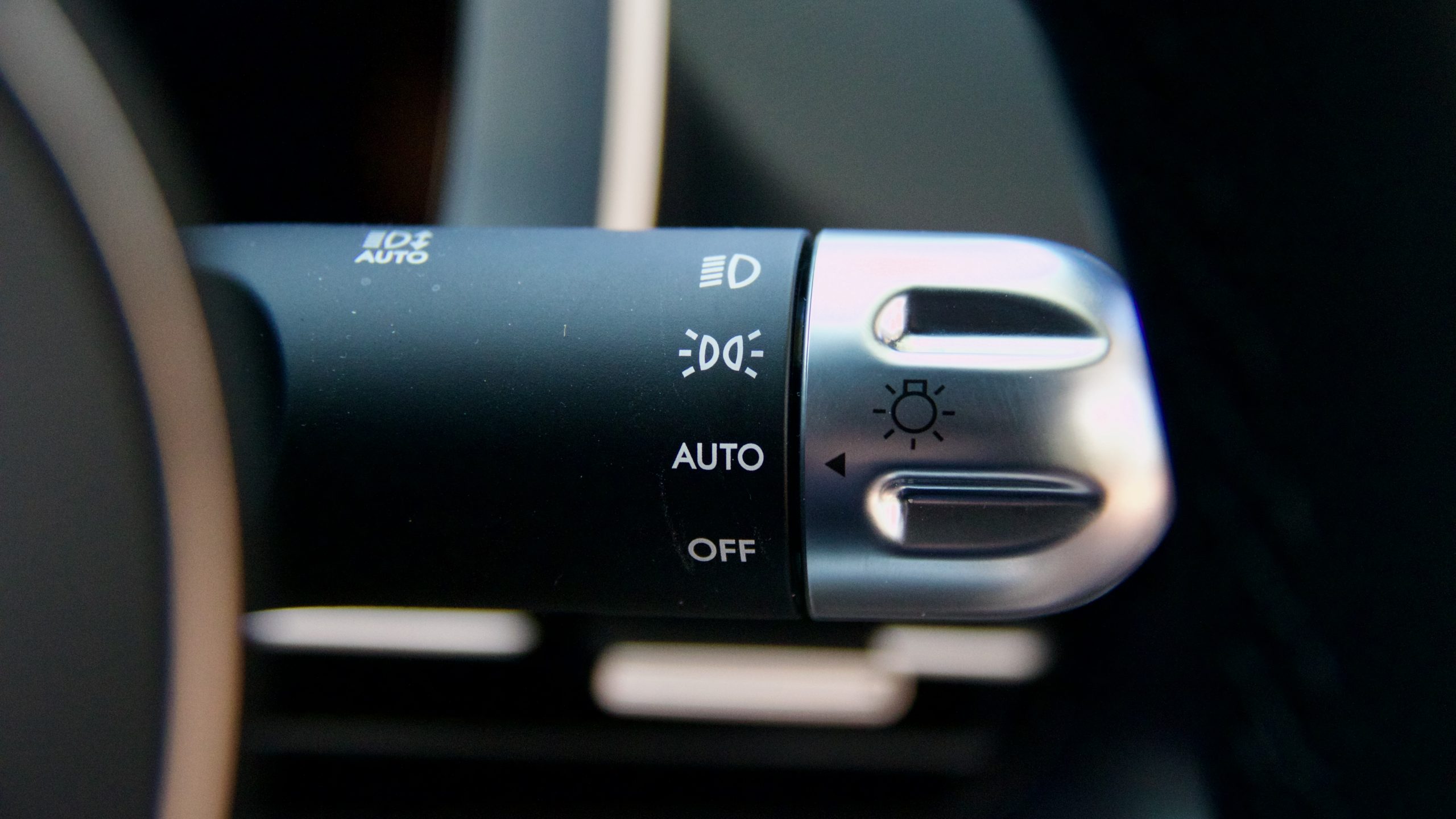
Priced from $74,000 plus on-road costs (around $77,000 drive away in New South Wales), the entry-level Ioniq 6 Dynamiq is quite well equipped with 18-inch alloy wheels, dusk-sensing automatic all-LED exterior lighting, automatic wipers, keyless entry and start with remote start, heated and auto-folding mirrors, leather upholstery and a leather steering wheel, heated 10-way electrically adjustable front seats, rear privacy glass, keyless entry and start with an electric bootlid and remote start and remote start park assist, heated and auto-folding mirrors, dual-zone climate control with rear air vents, a 12.3-inch touchscreen with Apple CarPlay and Android Auto, satellite navigation with live traffic, digital radio, a wireless phone charger, a 12.3-inch digital driver’s display, four USB ports, an eight-speaker Bose sound system and vehicle-to-load (V2L) capability.
Safety equipment includes seven airbags (including a front centre unit), auto emergency braking (AEB) with pedestrian, cyclist and intersection assist, lane keep assist with lane trace assist, blind-spot monitoring with rear cross-traffic alert (both with braking), a blind-spot camera, adaptive auto high beam, adaptive cruise control with stop and go functionality, driver attention monitoring with leading vehicle departure alert, safe exit assist, intelligent speed limit assist, rear auto braking, front and rear parking sensors and a 360-degree parking camera.
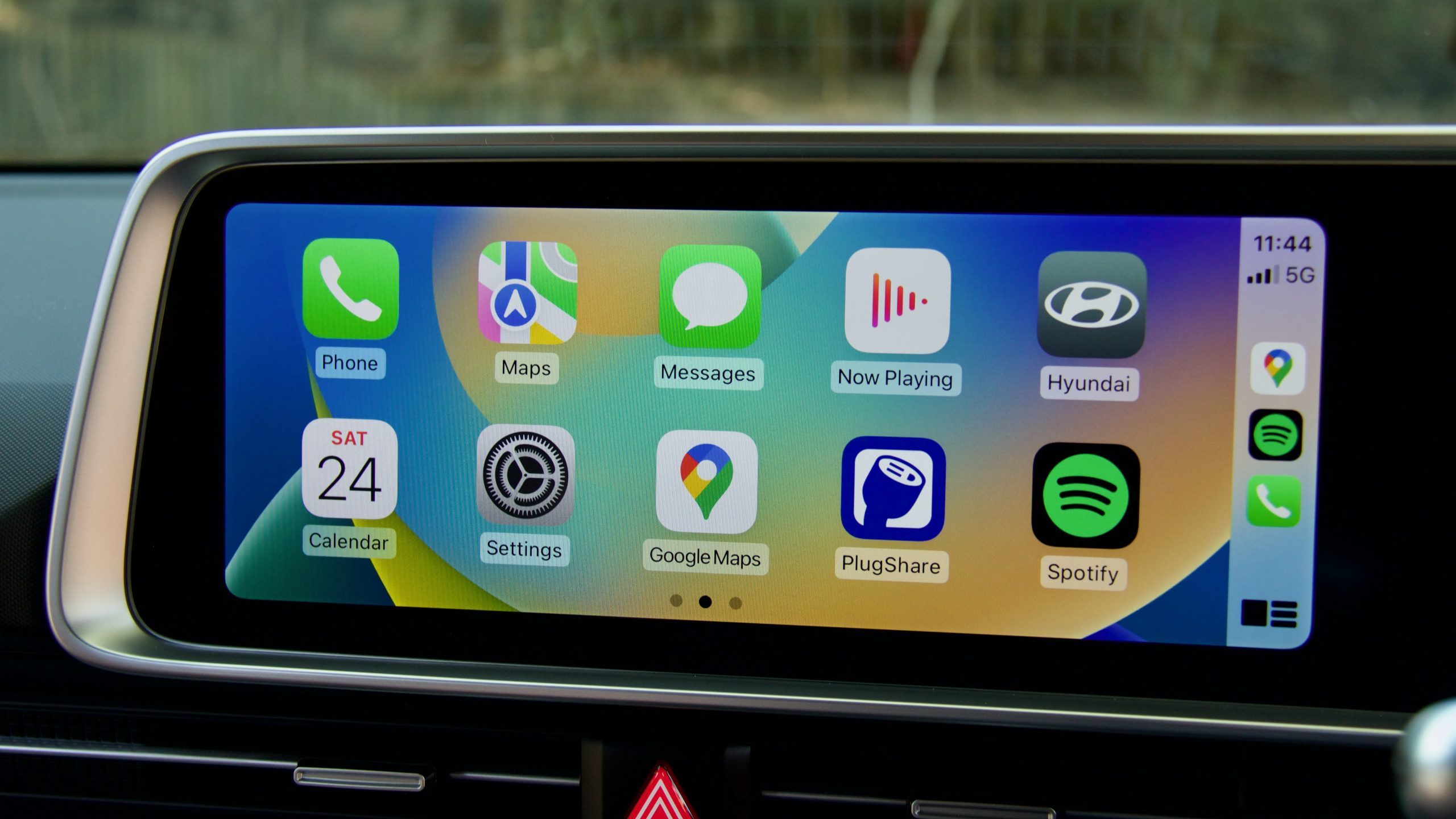
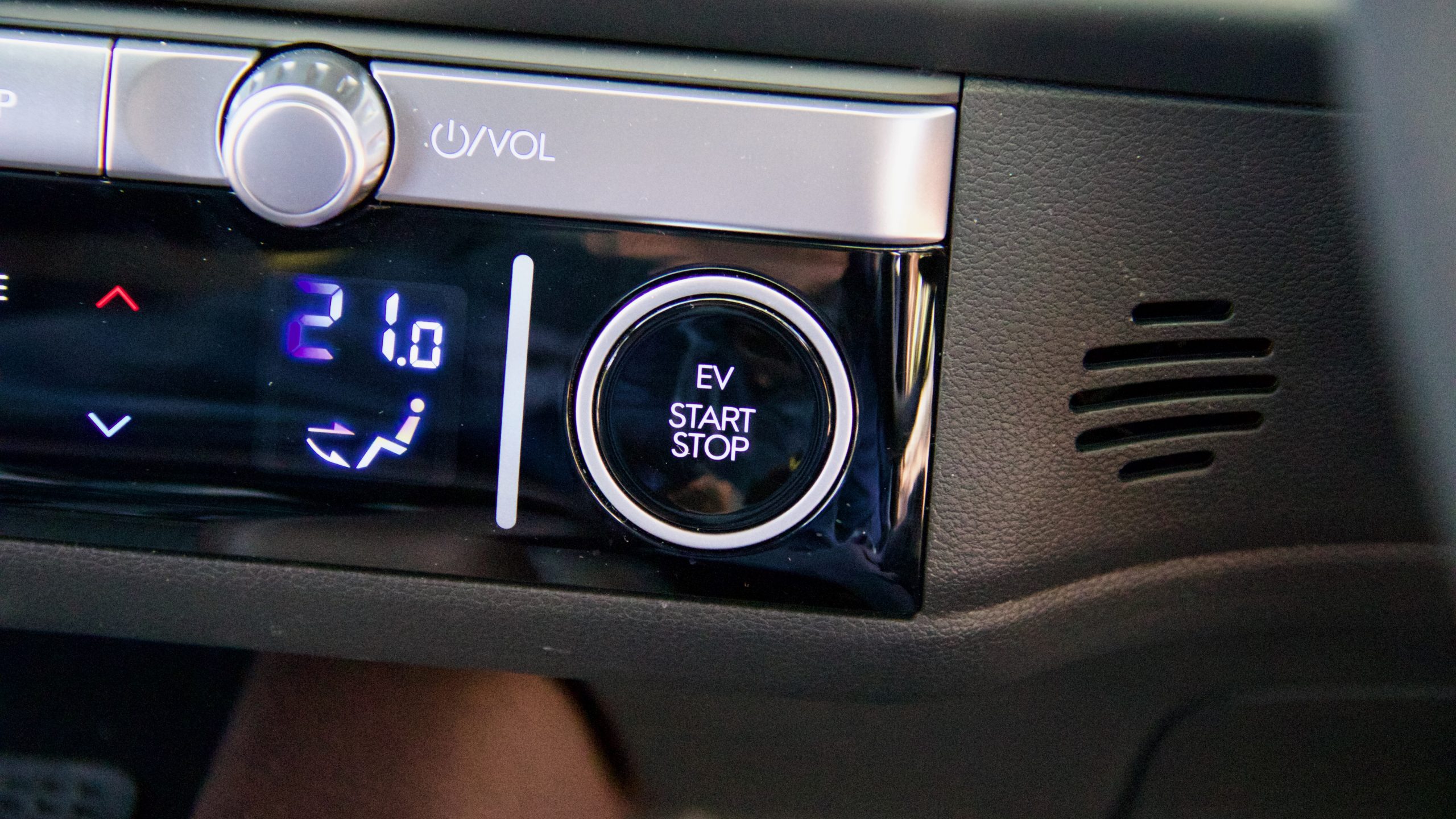
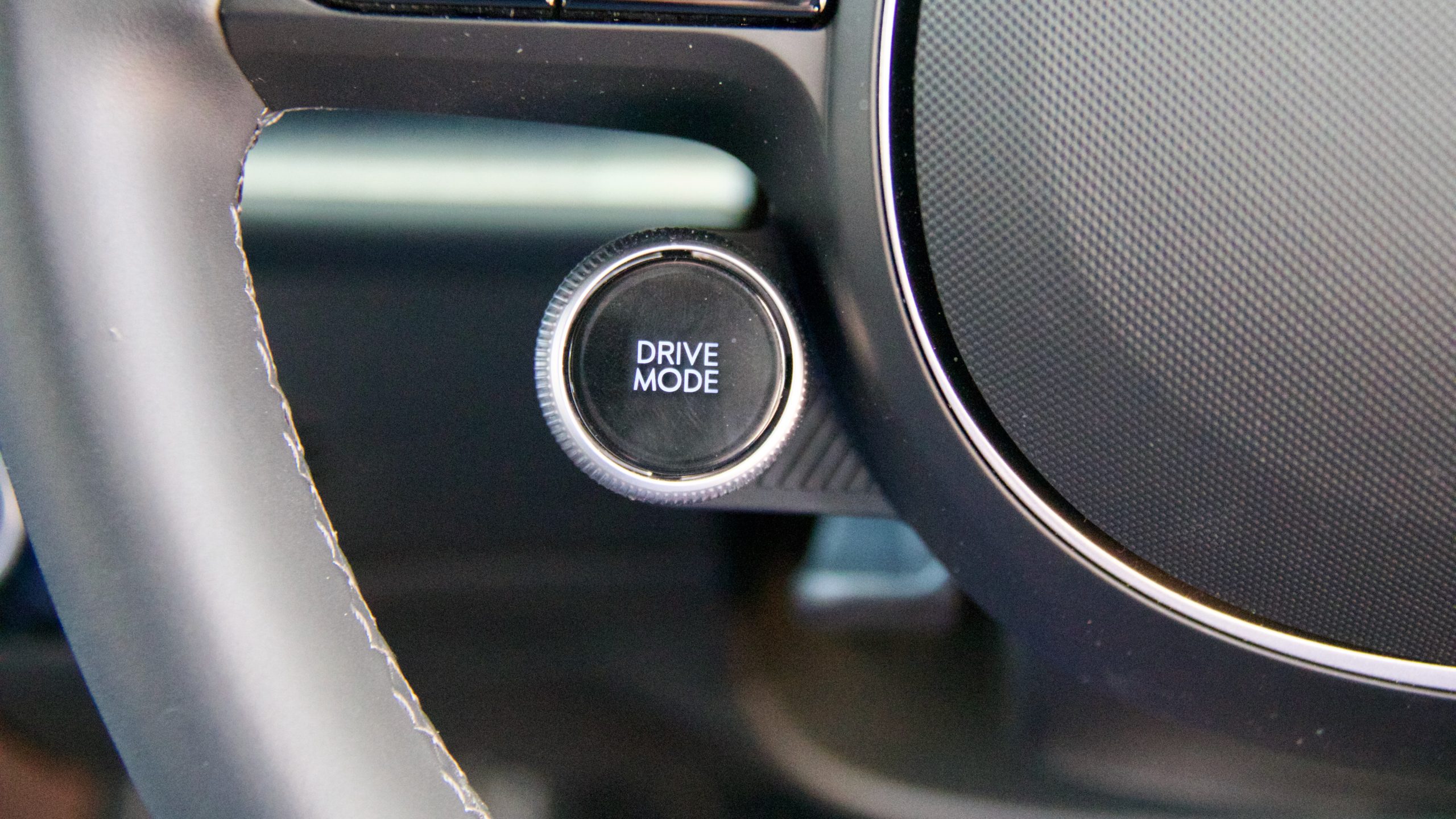
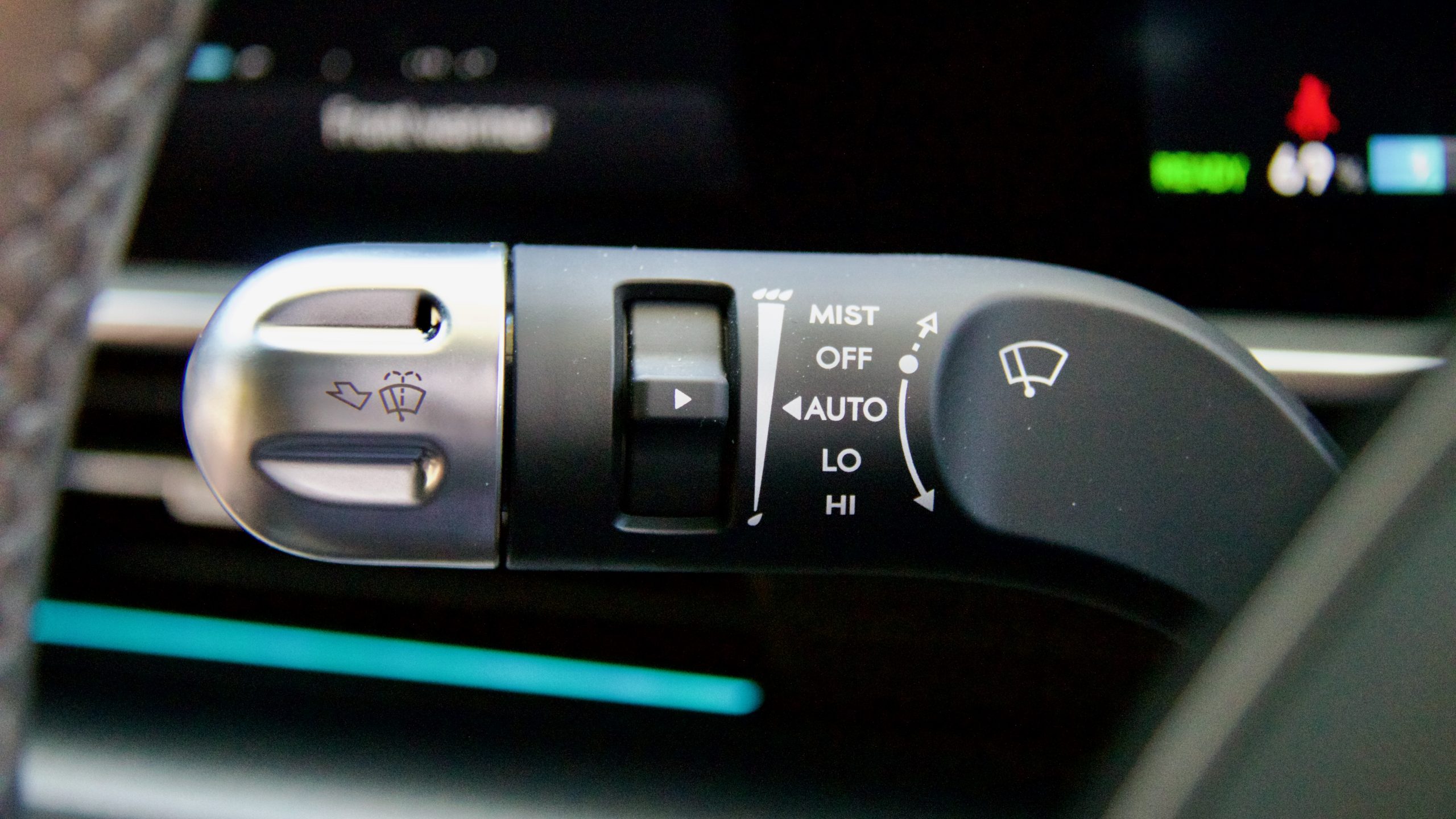
Colour options for the Ioniq 6 Dynamiq include ‘Serenity White’, ‘Abyss Black’, ‘Ultimate Red’, ‘Digital Green’, ‘Byte Blue’ and our test car’s ‘Nocturne Grey’ – all are no-cost options, while the matte ‘Gravity Gold’ option adds $1,000 to the price. Depending on exterior colour chosen, interior colour options include all-black, black with brown, black with dark green and light grey and our test car’s grey exterior was paired with the brown and black interior.
The chief competitors to the Ioniq 6 Dynamiq are the Tesla Model 3 Long Range (priced from around $74,000 drive away) and the Polestar 2 Long Range Single Motor (priced from around $75,000). Which is best value depends on your equipment needs perspective – they all share a lot of kit like all-LED exterior lighting, auto wipers, keyless entry and start, dual-zone climate control, big touchscreens with online functionality, a whole host of standard safety kit and smaller features like heated front seats.
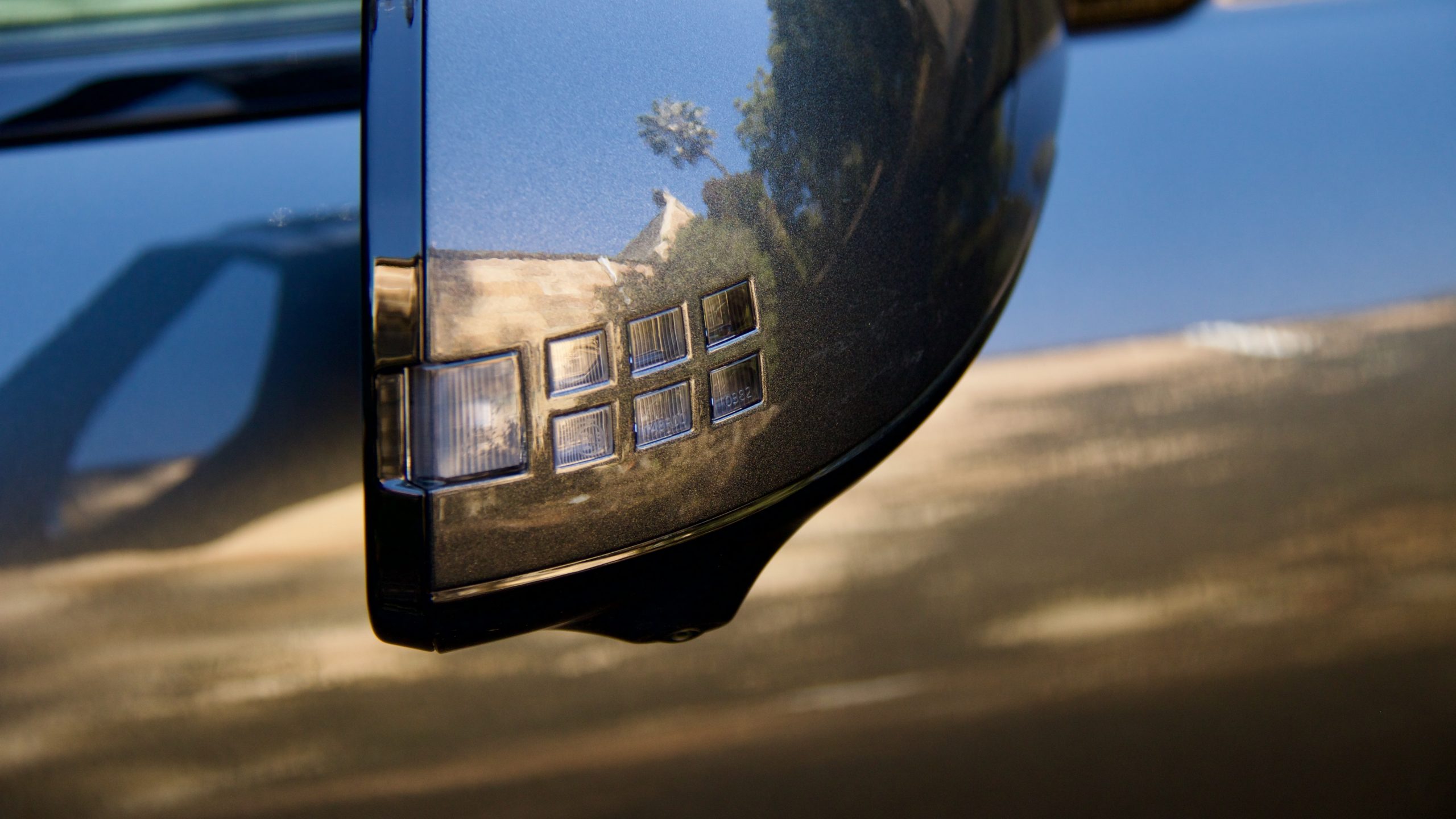
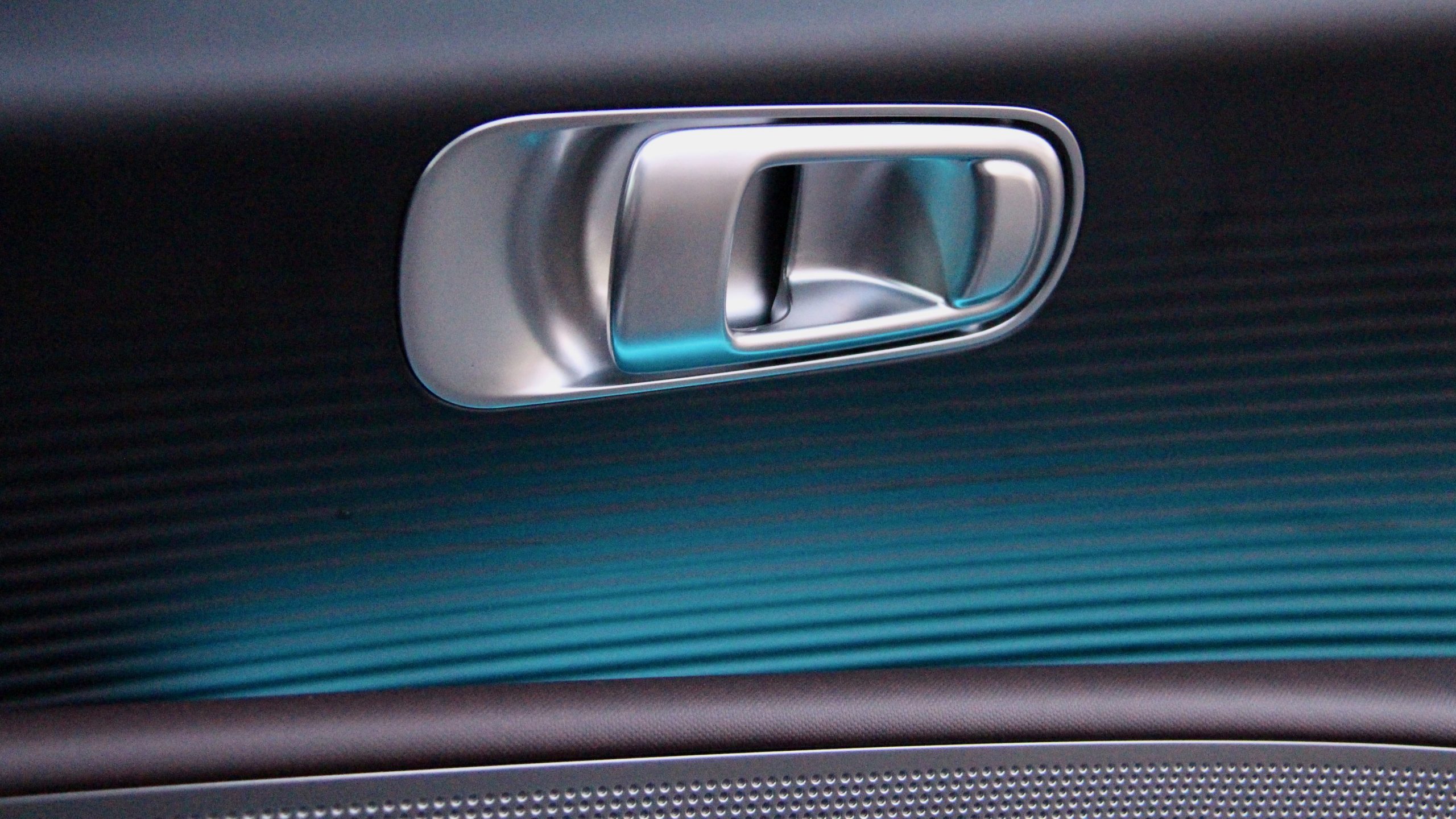
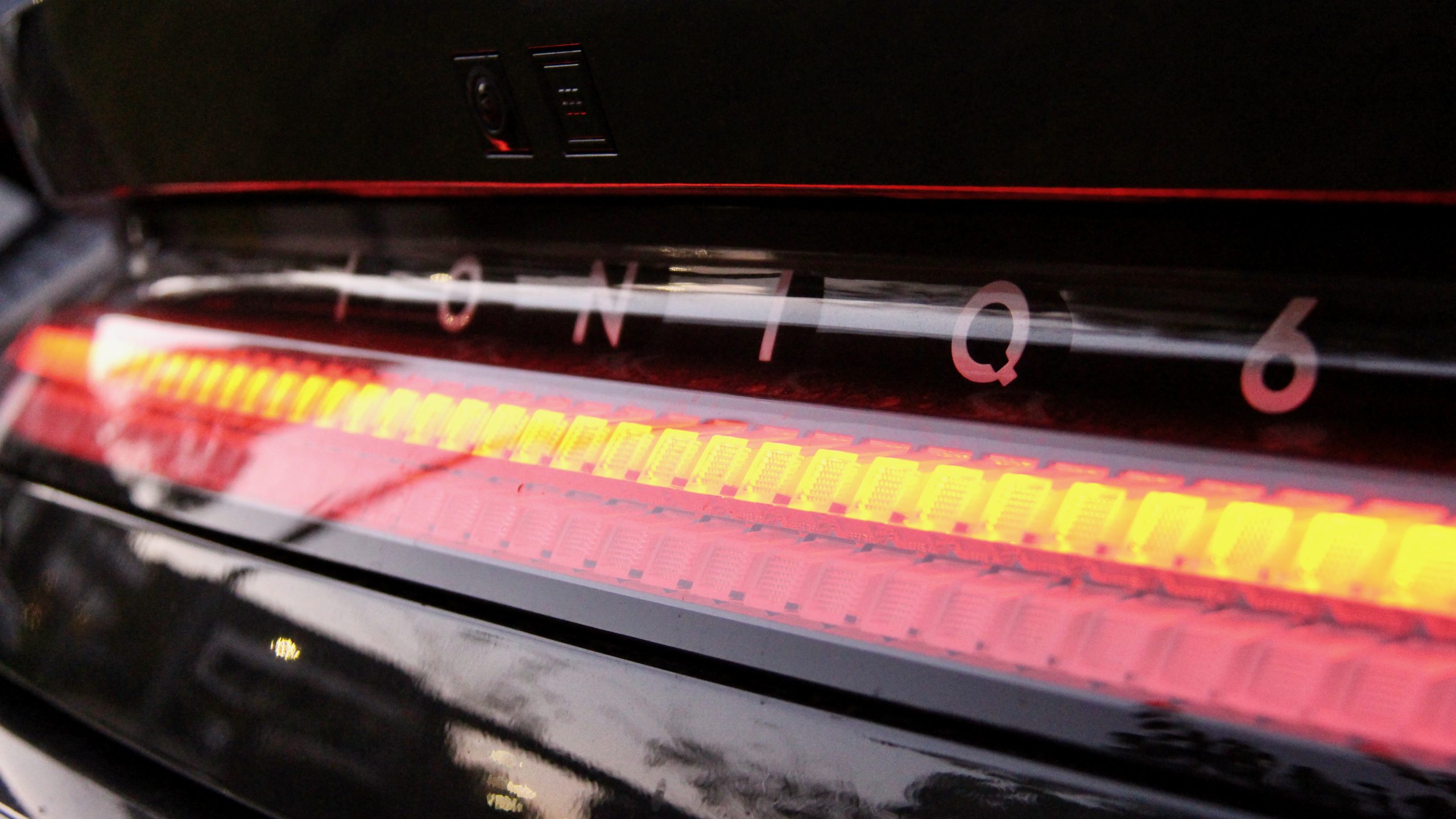
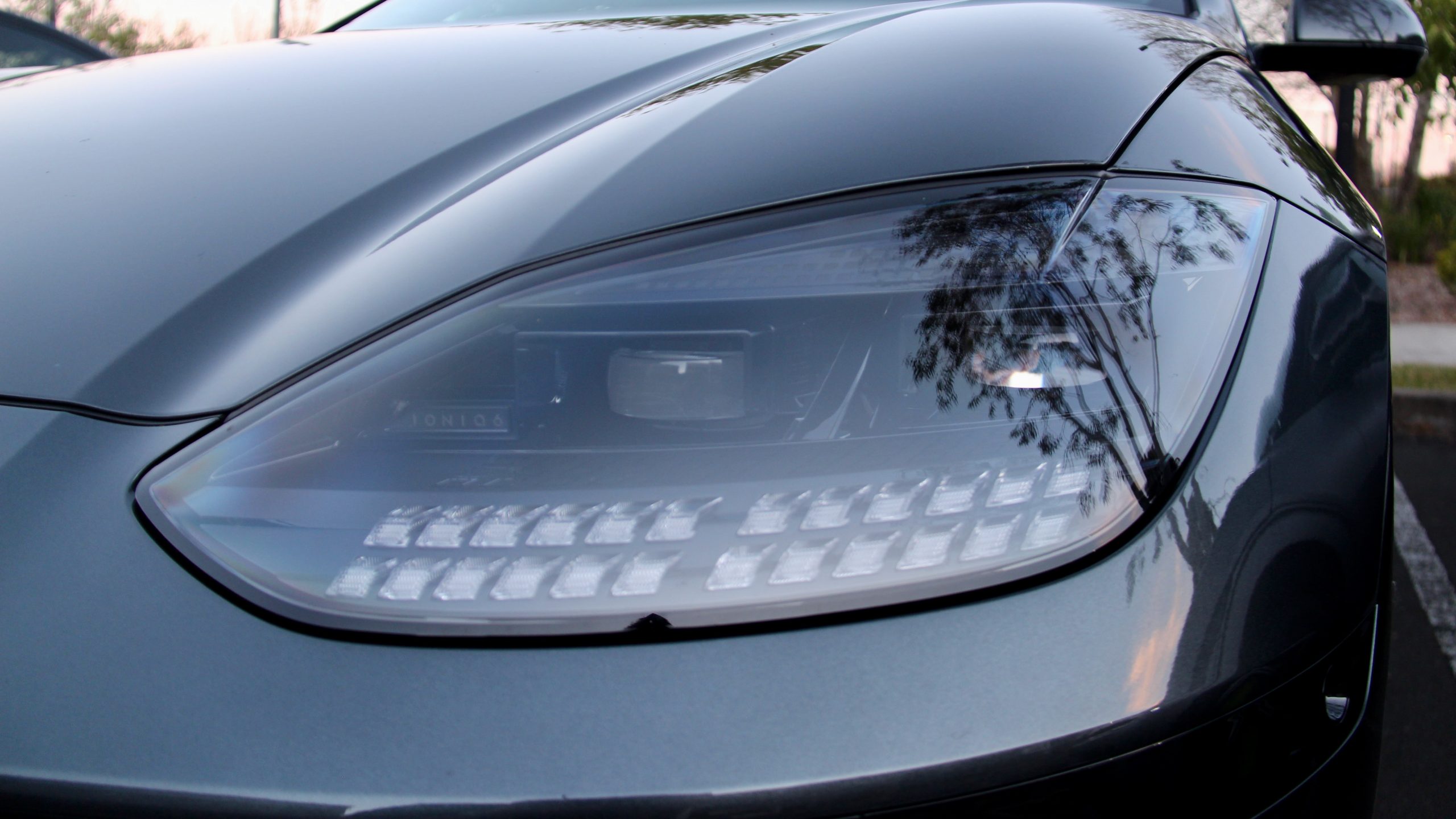
More specifically, both the Hyundai and Tesla get faux leather trim versus the Polestar’s cloth trim, the Polestar has no standard sunroof versus the Tesla’s glass roof and the Ioniq 6’s sunroof, the Polestar’s 19-inch wheels versus the other two’s 18s, both the Hyundai and Tesla feature adaptive cruise control versus the Polestar’s passive cruise control and so on. Which is best value? We’d say the Tesla, with the Hyundai ranking in the middle and Polestar a close third place.
Performance & Range: 9/10
Using the same ‘e-GMP’ platform as the Ioniq 5, but also its Kia EV6, EV9 and Genesis GV60 cousins – the 2023 Hyundai Ioniq 6 offers more claimed range than all of them thanks to its excellent aerodynamics. All Ioniq 6 models in Australia use a 77.4kWh liquid-cooled lithium-ion battery that’s mounted underneath the floor – you can get a less expensive smaller 53kWh battery in some overseas markets as well, which we wish was offered locally. In the entry-level Dynamiq, which is rear-wheel drive, the WLTP-rated range is an excellent 614km with claimed efficiency of just 14.3kWh/100km.
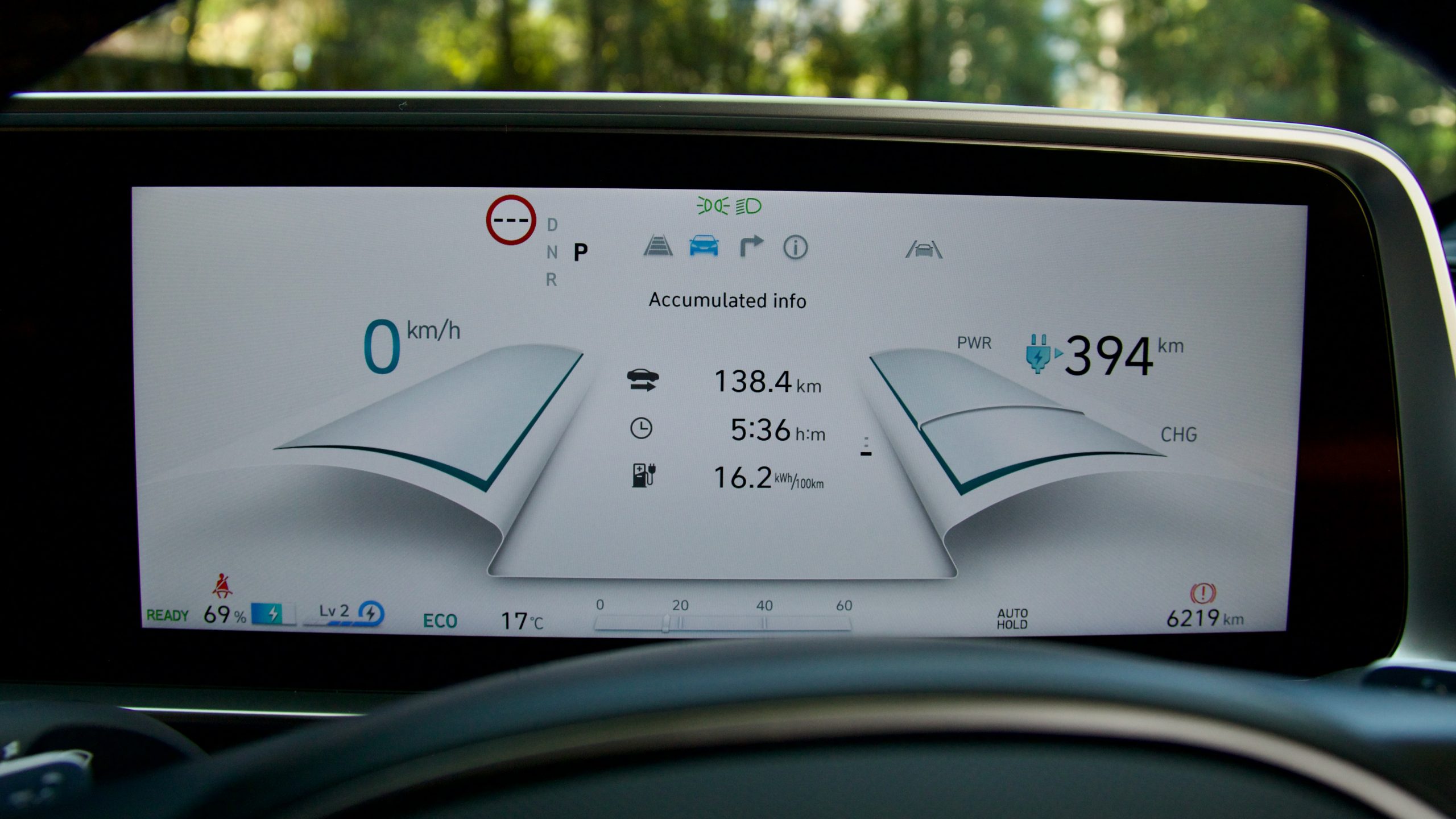
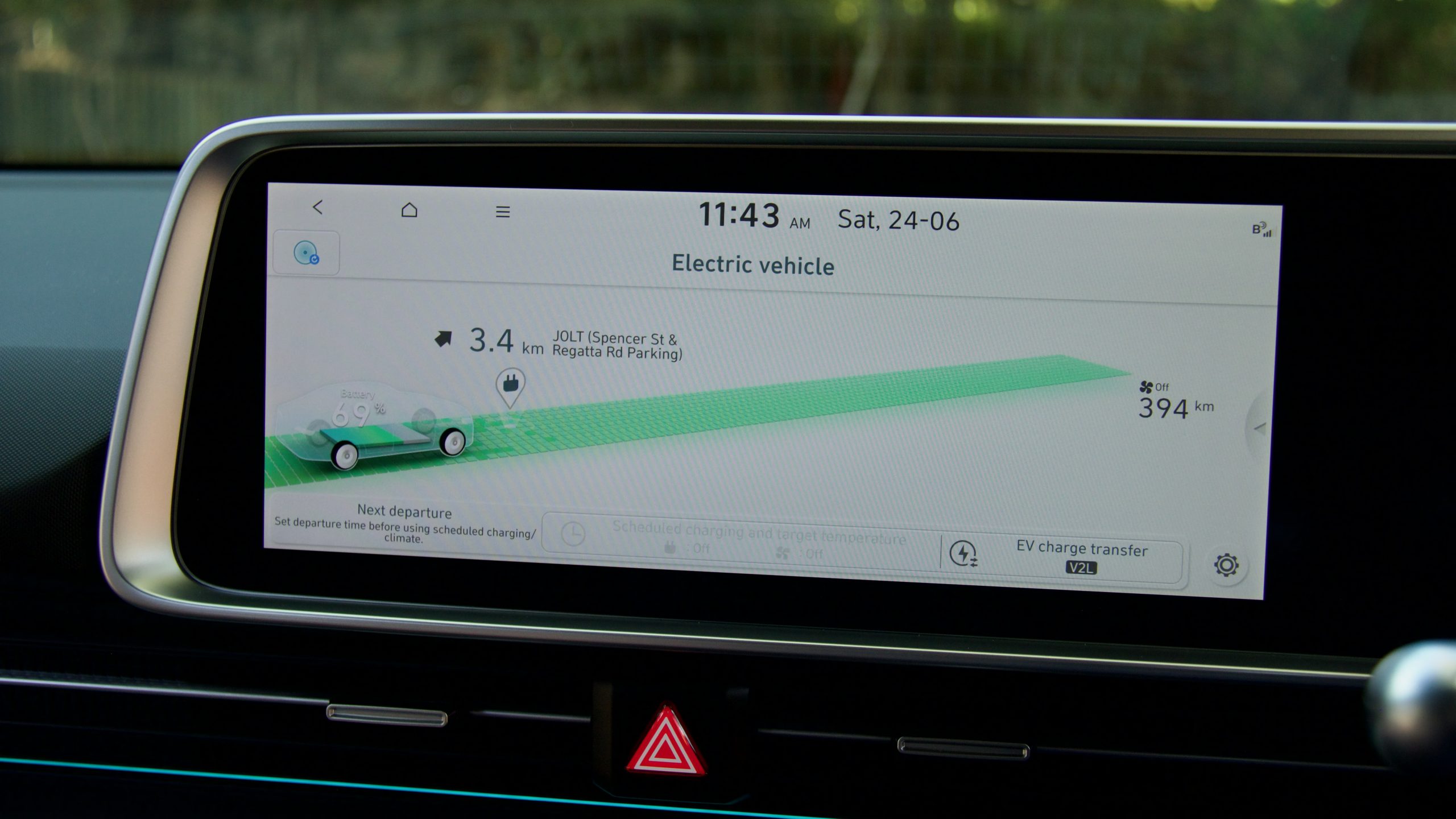
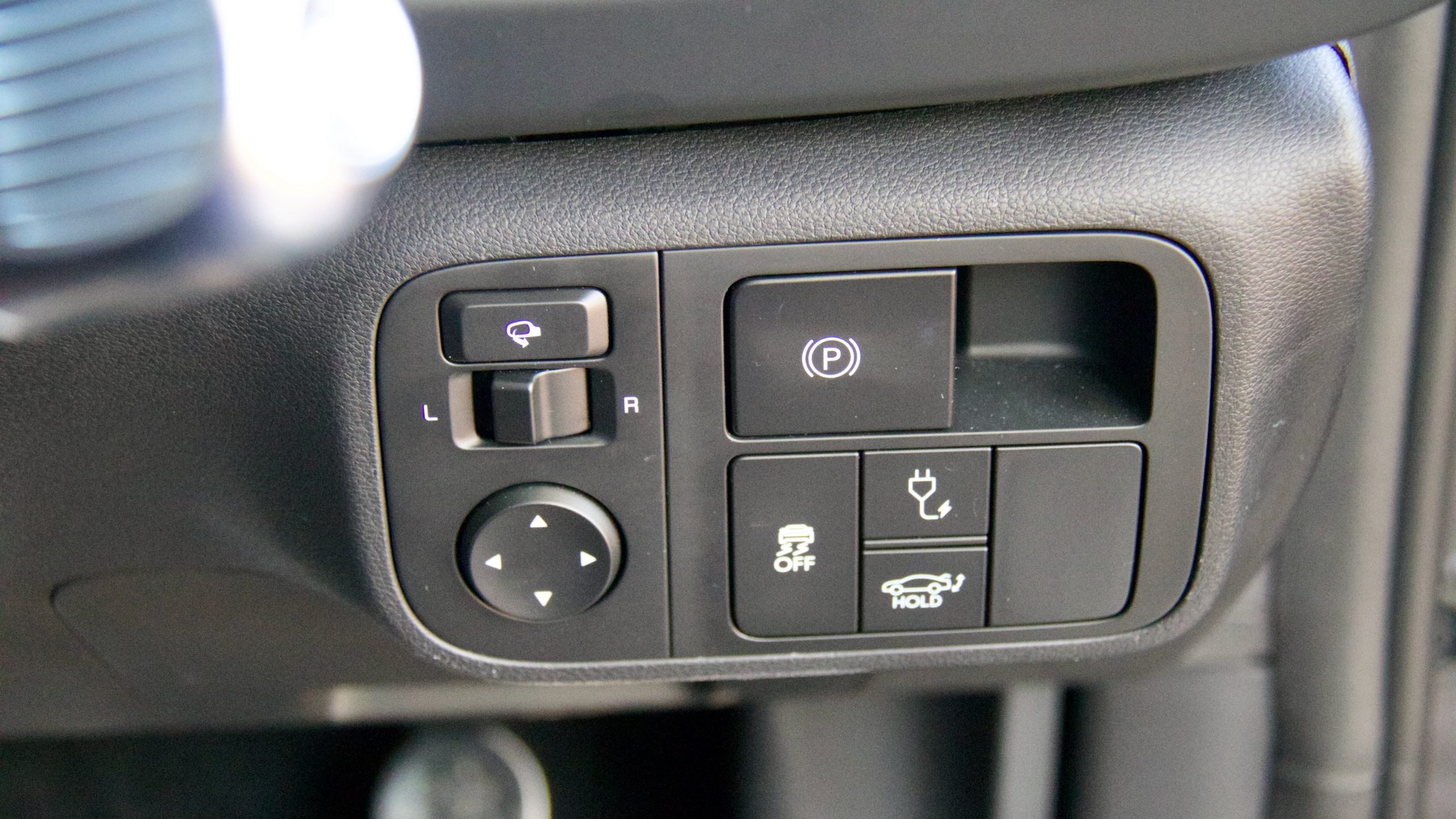
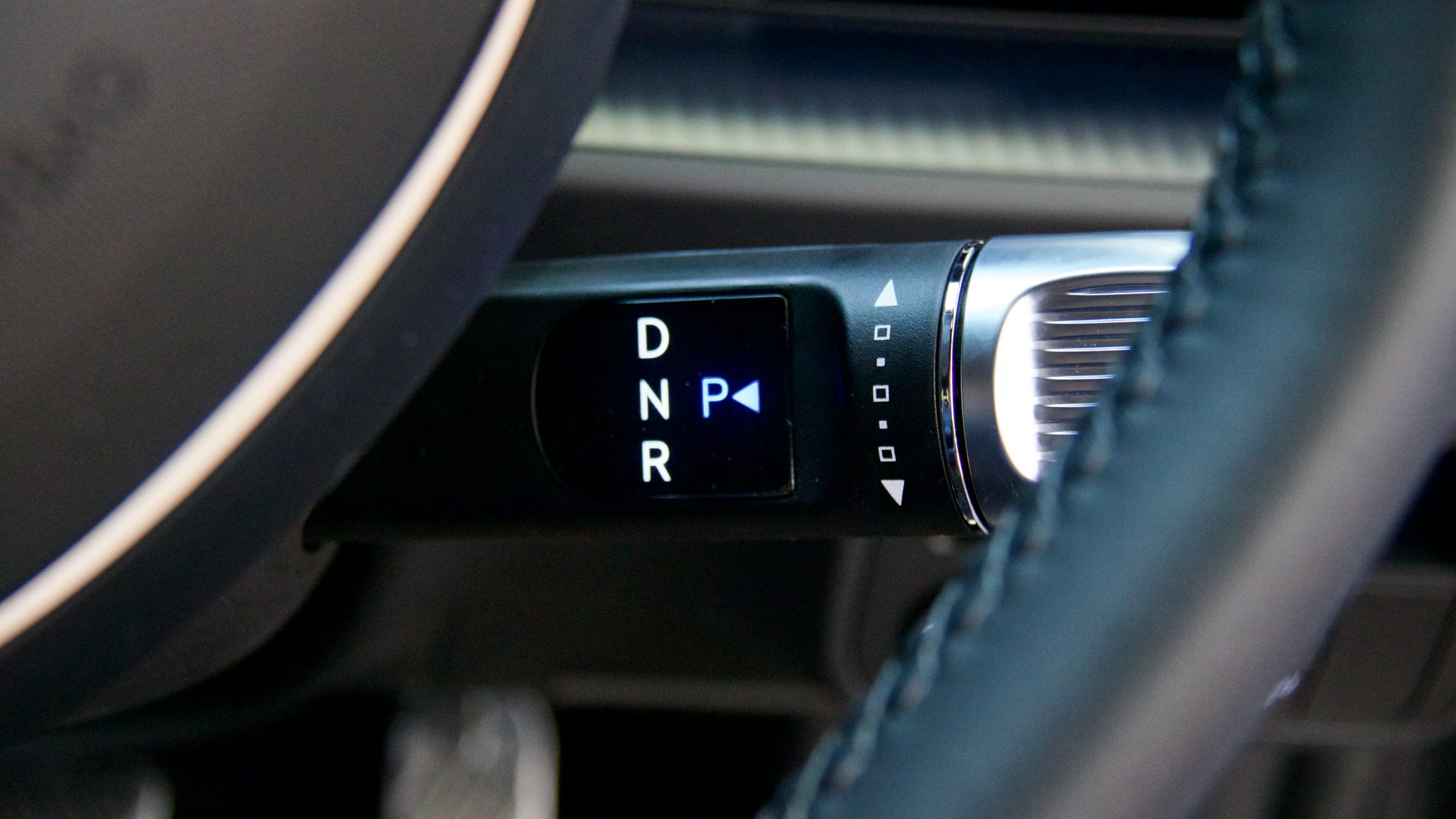
In our testing, which was mostly urban with a bit of highway thrown in, we saw consumption of 15.6kWh/100km for a range of just under 500km, which we think is excellent and a healthy boost in range compared with the heavier and less aerodynamic Ioniq 5. Do you really need an SUV? We don’t think so.
Charging the Ioniq 6, like the Ioniq 5, is one of the easiest on the market thanks to quick charging speeds – it can be charged at up to 350kW on a DC fast charger, which allows it to charge from 10 to 80 per cent in as little as 18 minutes, with is seven minutes quicker than the Tesla and almost half the time it takes the Polestar to do the same for its larger battery. Using a more common 50kW DC fast charger takes that up to 73 minutes and using an AC charger, the Ioniq 6 can be charged at up to 10.5kW, which is slightly less than the 11kW rate that both the Model 3 and Polestar 2 can take. Using a 7kW AC charger that many EV owners will have at home, a full charge takes just under 12 hours.
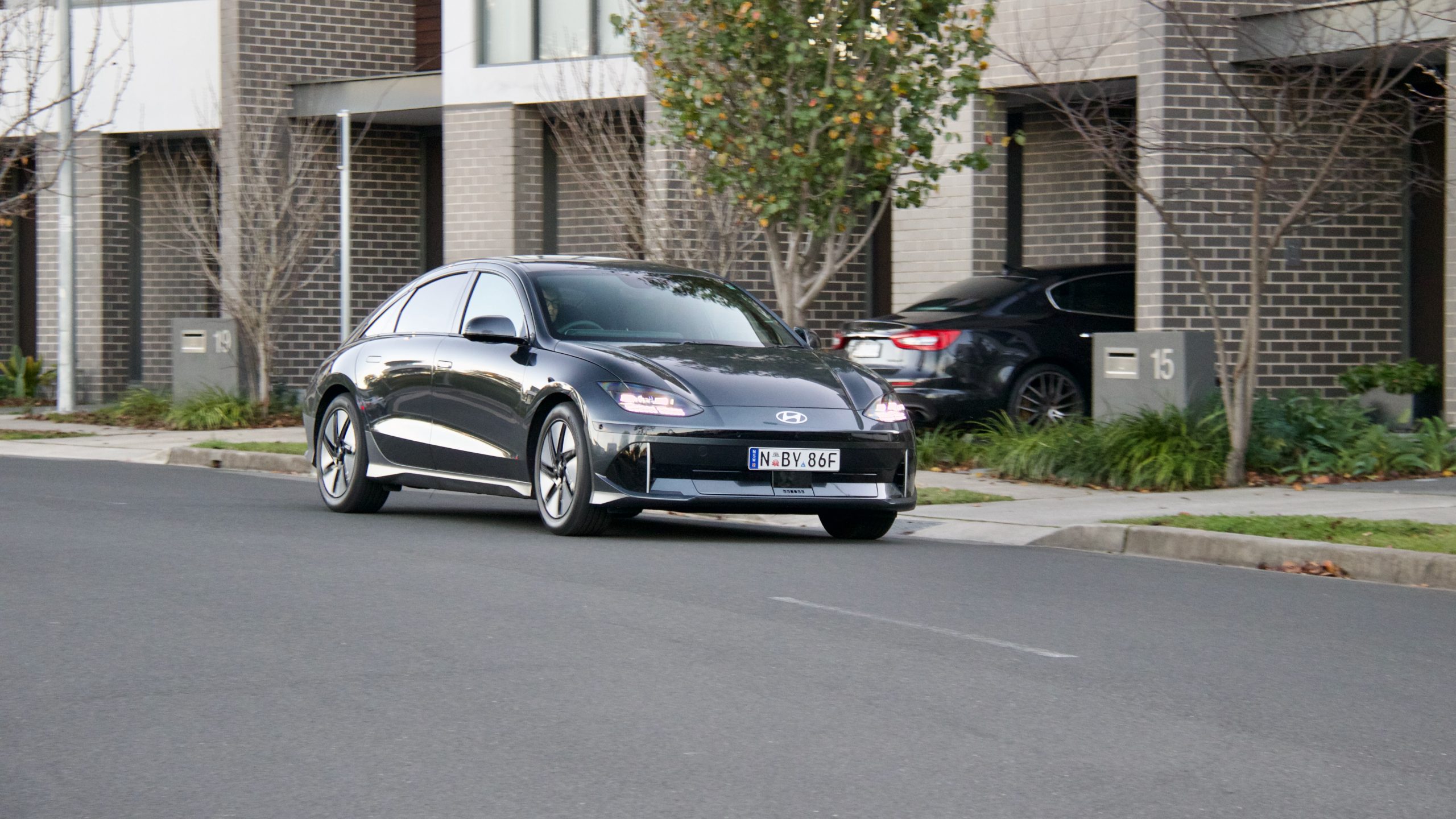
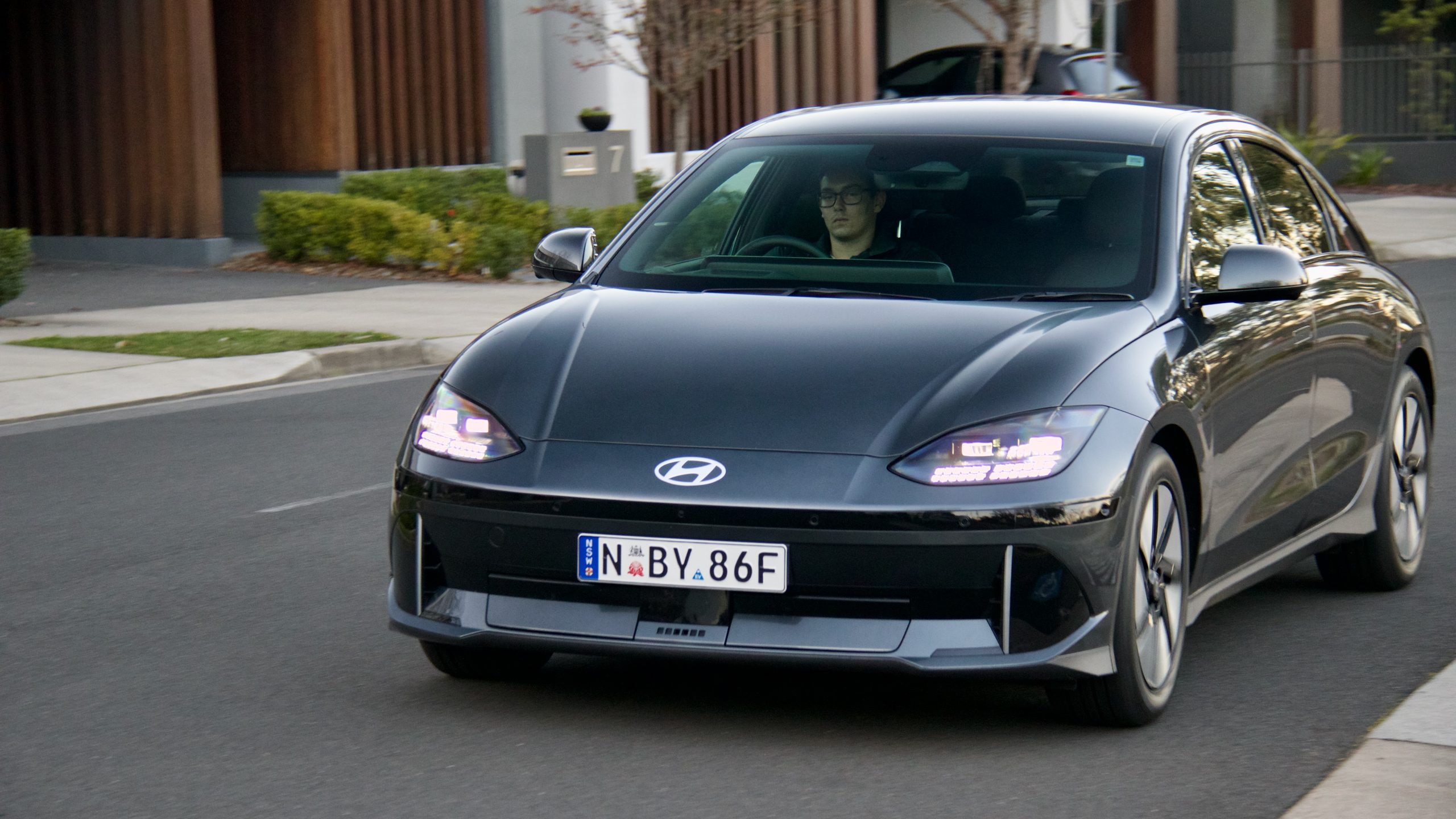
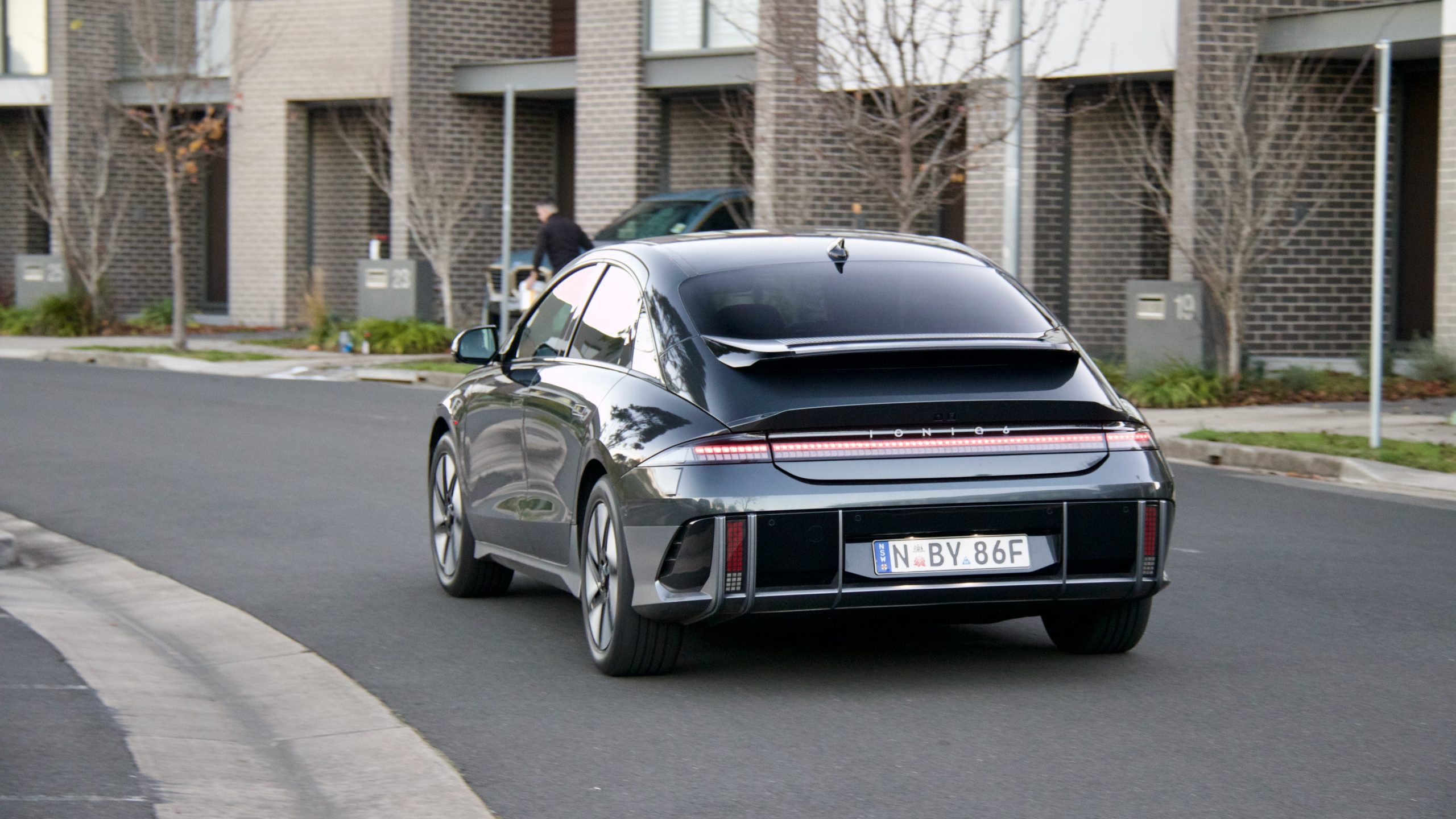
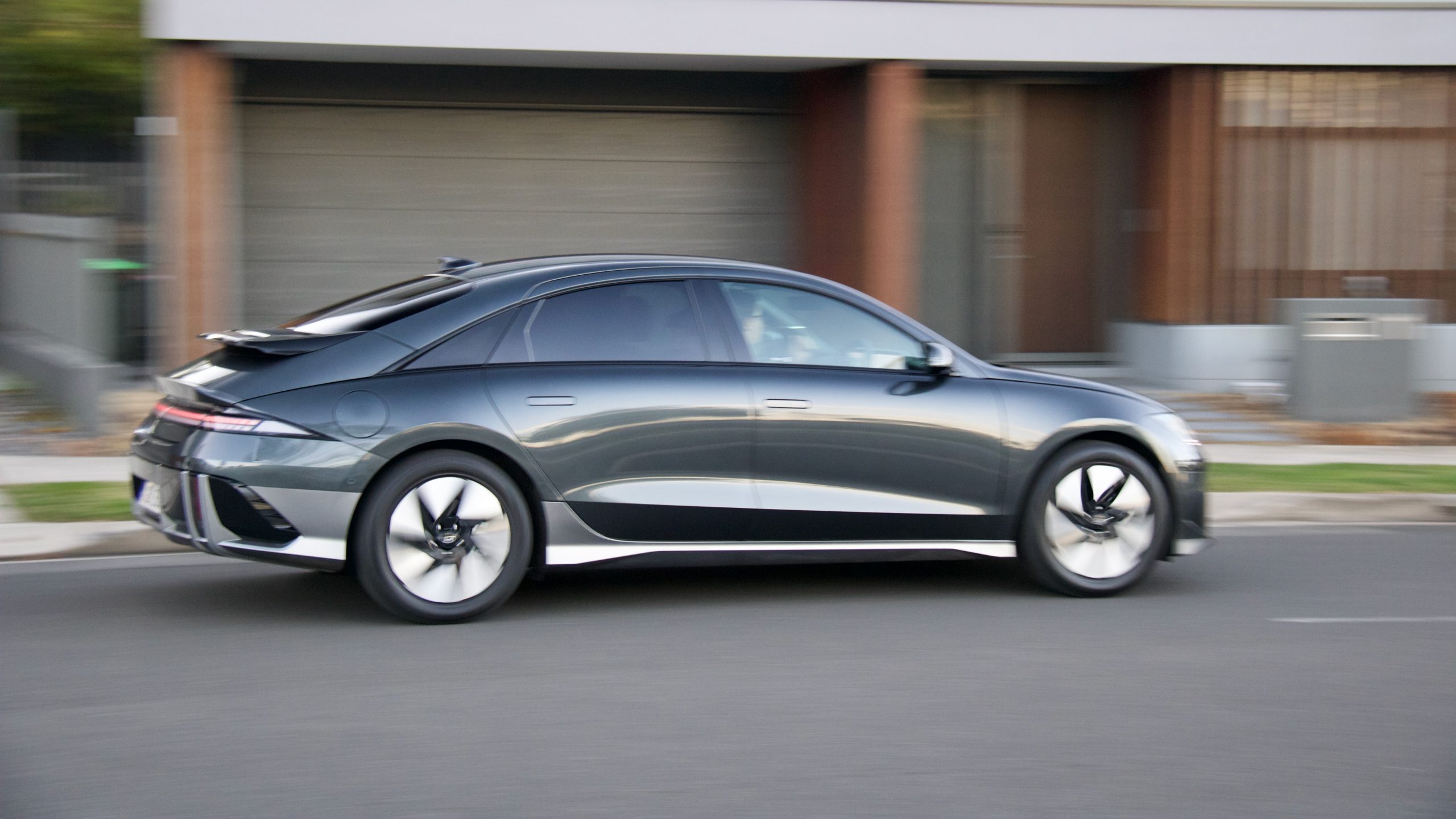
As for performance, we think that even the entry-level Ioniq 6 offers more than enough punch for most buyers. With 168kW on tap from zero rpm, the Ioniq 6 feels quick. With a claimed 7.4 second 0-100km/h sprint time, it’s more than quick enough in the real world – but it’s the 4.6 second claimed 80-120km/h (or its overtaking ability) where it feels quickest. For reference, both the entry-level Model 3 and Polestar 2 are quicker, with claimed 0-100km/h sprints at the 6.1 and 6.4 second marks, respectively. But again, we think that even the entry-level Ioniq 6 offers enough performance, especially given its range advantage.
Ride & Handling: 9/10
As with most other cars using its platform, the 2023 Hyundai Ioniq 6 displays a good ride and handling balance. As the first car – not SUV – to use the e-GMP platform, the Ioniq 6 immediately feels sportier and more dynamic to drive than its SUV siblings, in particular, the soft and heavy feeling Ioniq 5. On the road, that feeling translates to a really solid ride and handling balance – the Ioniq 6 doesn’t feel as heavy as the Model 3, nor as firm as the Polestar 2, and it can actually be quite fun. The steering is a touch vague around the centre of the rack, but it offers a nice level of fluidity. In normal driving, its ride quality is pretty good and it’s rarely upset by even larger bumps.

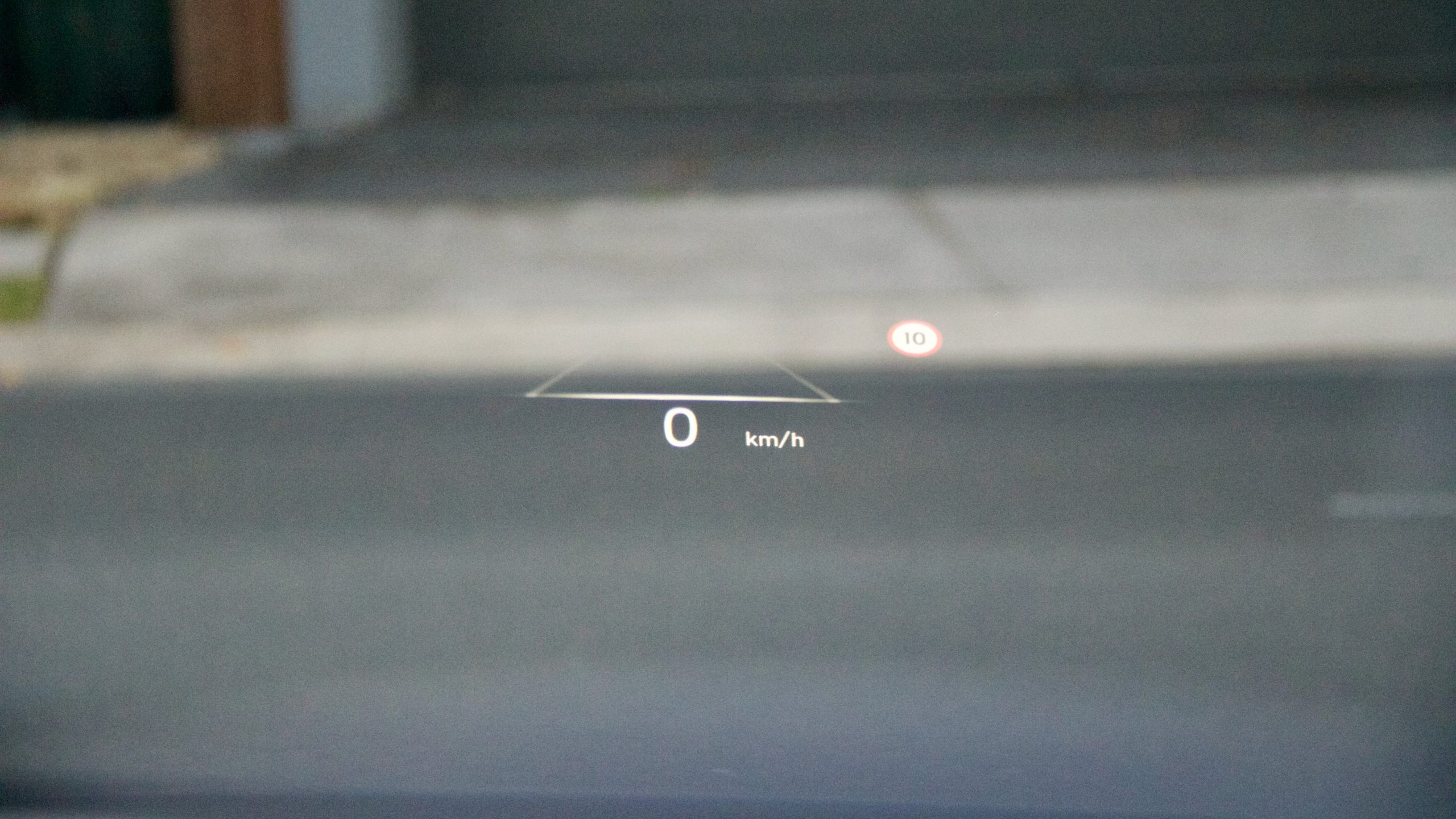
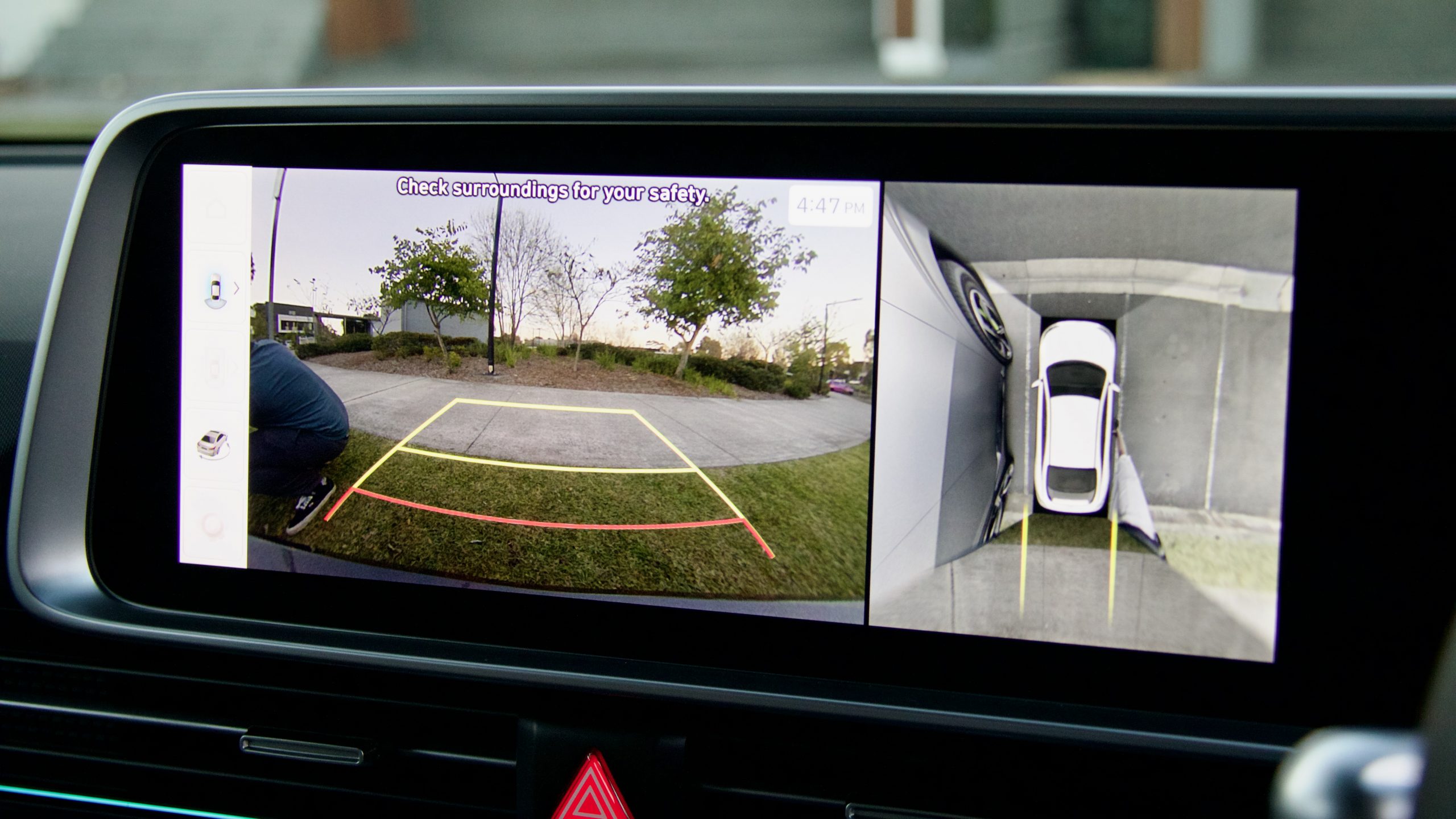
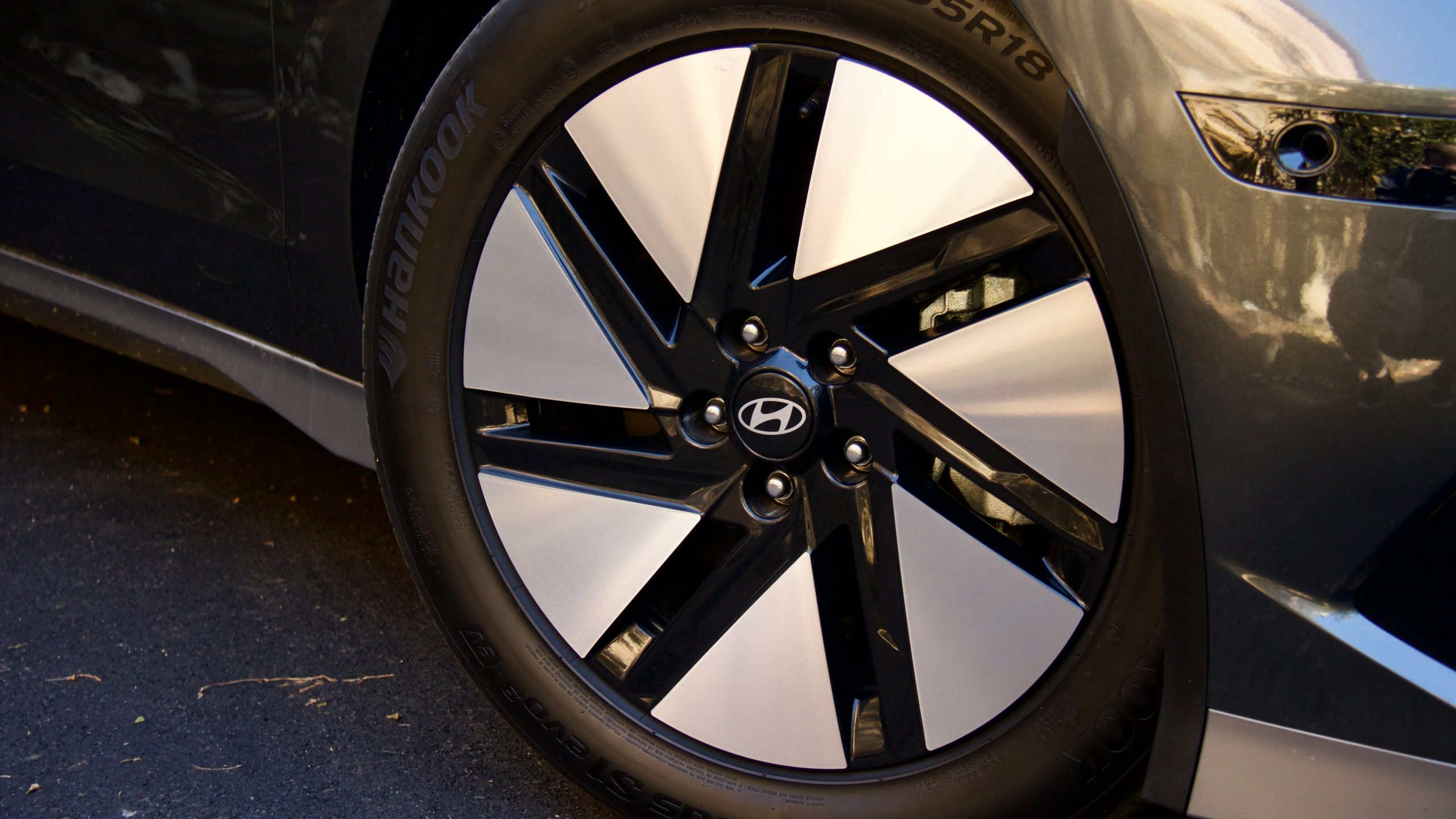
Elsewhere in the driving experience, the 2023 Hyundai Ioniq 6 Dynamiq is almost as positive. Road and wind noise levels are nicely subdued, while its active safety equipment is mostly pretty well tuned as well – though the active speed limit warning system (which have been much publicised by the Australian media on various Hyundai and Kia products) can be utterly infuriating, thanks to its constant bonging, inaccuracy (it reads school zone signs at, say, 1pm on a Sunday and thinks the speed limit is then 40km/h) and difficulty to deactivate. It takes four button presses to do so, and doesn’t stay off for the next journey.
Interior & Practicality: 9/10
As with the Ioniq 5, the interior of the 2023 Hyundai Ioniq 6 Dynamiq is awesome. It uses a futuristic minimalist layout with eco-friendly materials, plenty of storage and lots of cool touches, like the transparent plastic used for the door and lower centre console pockets and the Ioniq badge on the steering wheel that lights up in a different colour depending on the drive mode selected. The quality inside the Ioniq 6 is pretty good, with liberal use of soft touch materials throughout.
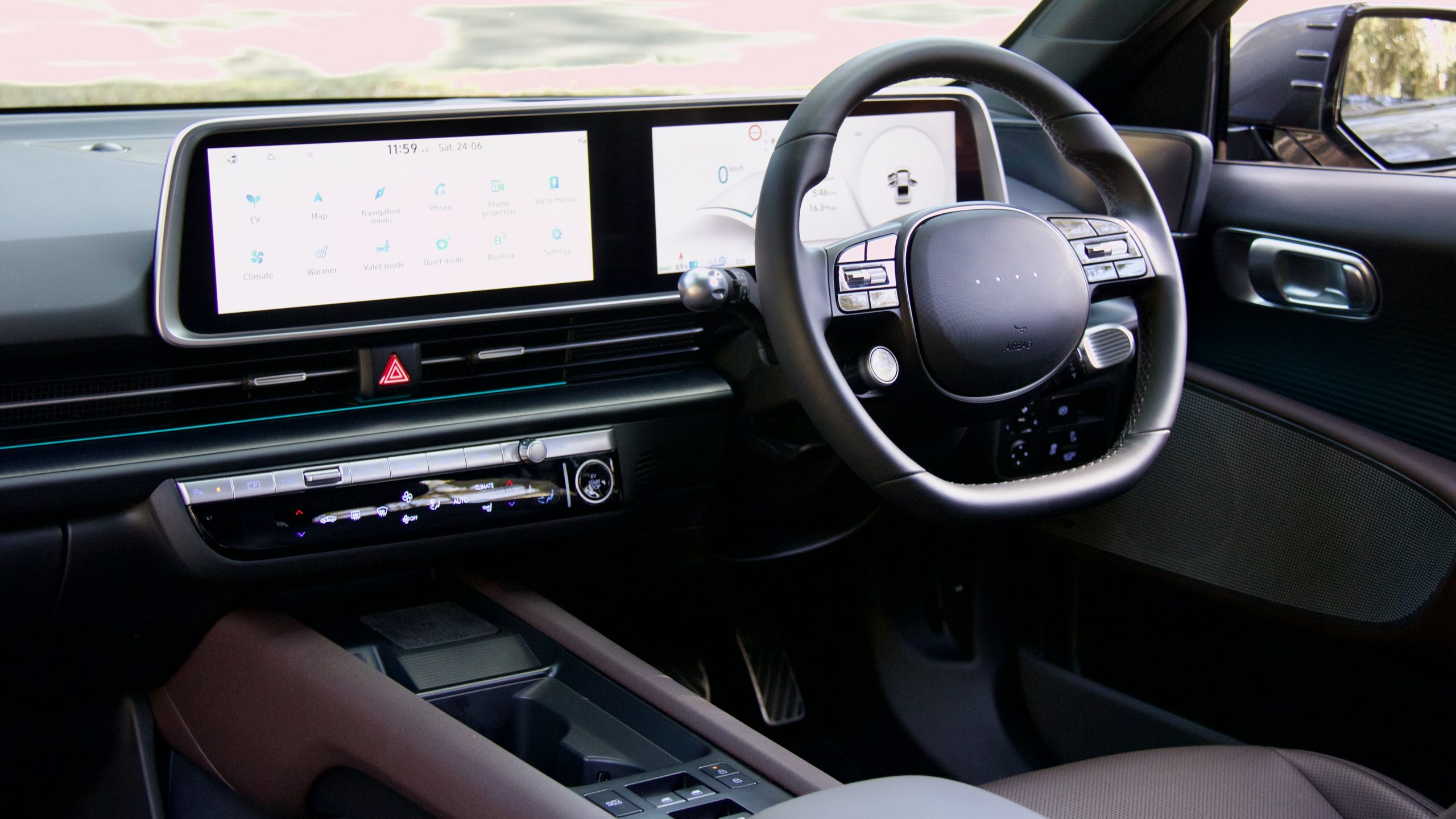
Throughout the front cabin of the Ioniq 6 is plenty of storage, including a huge central tray underneath the centre console, a glovebox tray – yes, tray, not glovebox – that’s nicely sized, a tray on the centre console for the wireless charger, huge cup holders, a bin underneath the central armrest and shallow door pockets. In a win for potential Ioniq 6 customers, it offers more storage than the Model 3 and the Polestar 2 in particular, which has a particularly snug cabin in comparison to the Hyundai.
Centre of the Ioniq 6’s cabin is the same 12.3-inch touchscreen and 12.3-inch digital driver’s display that features in the Ioniq 5. The screens are great quality, use a good mix of colours and are quite intuitive to use as well. The central screen features wired – not wireless – Apple CarPlay and Android Auto, satellite navigation with live traffic updates, digital radio and Hyundai’s ‘Bluelink’ system, which allows owners to access the car’s functions like locking and unlocking, plus charging statistics, through a smartphone app.
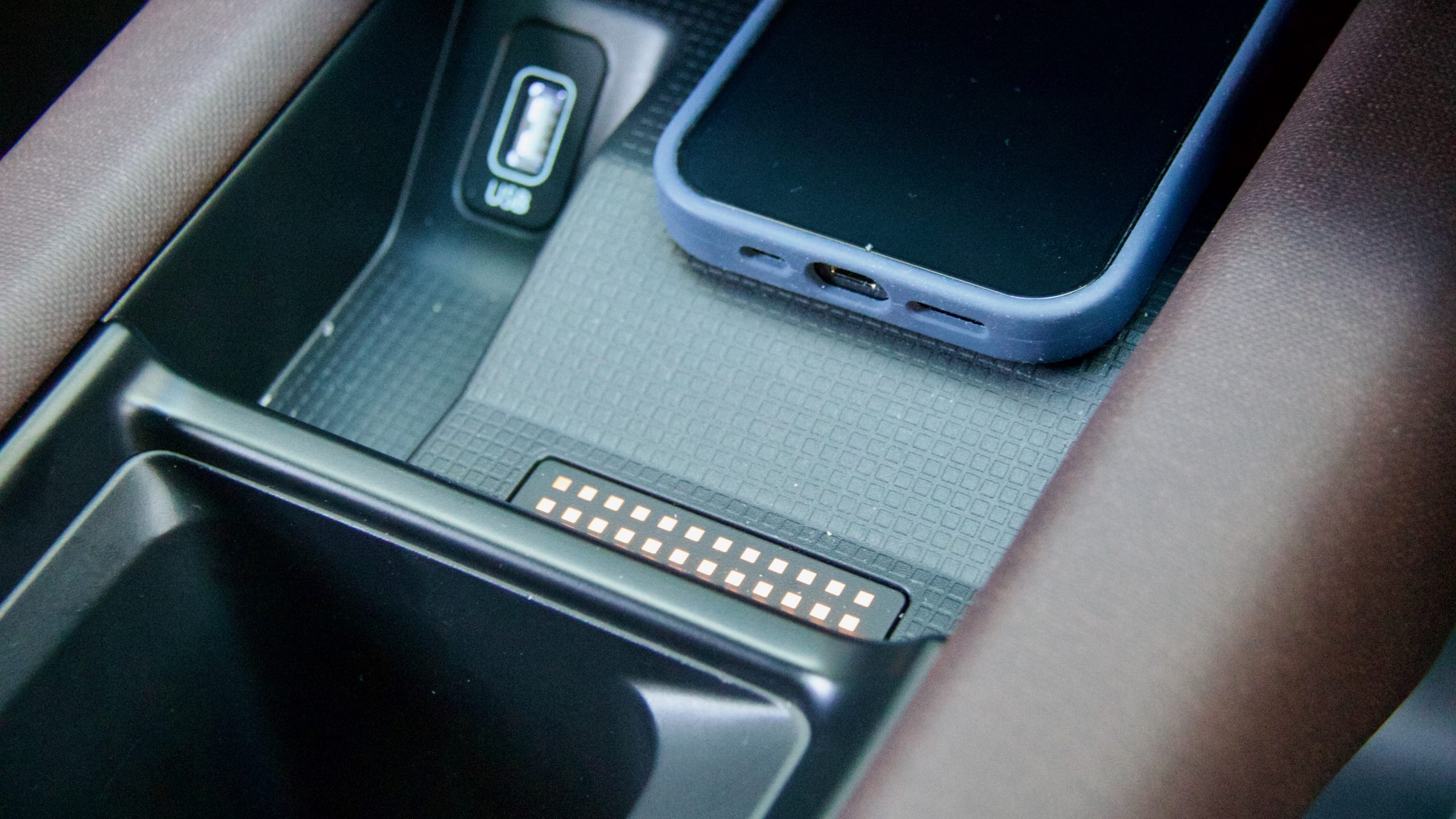
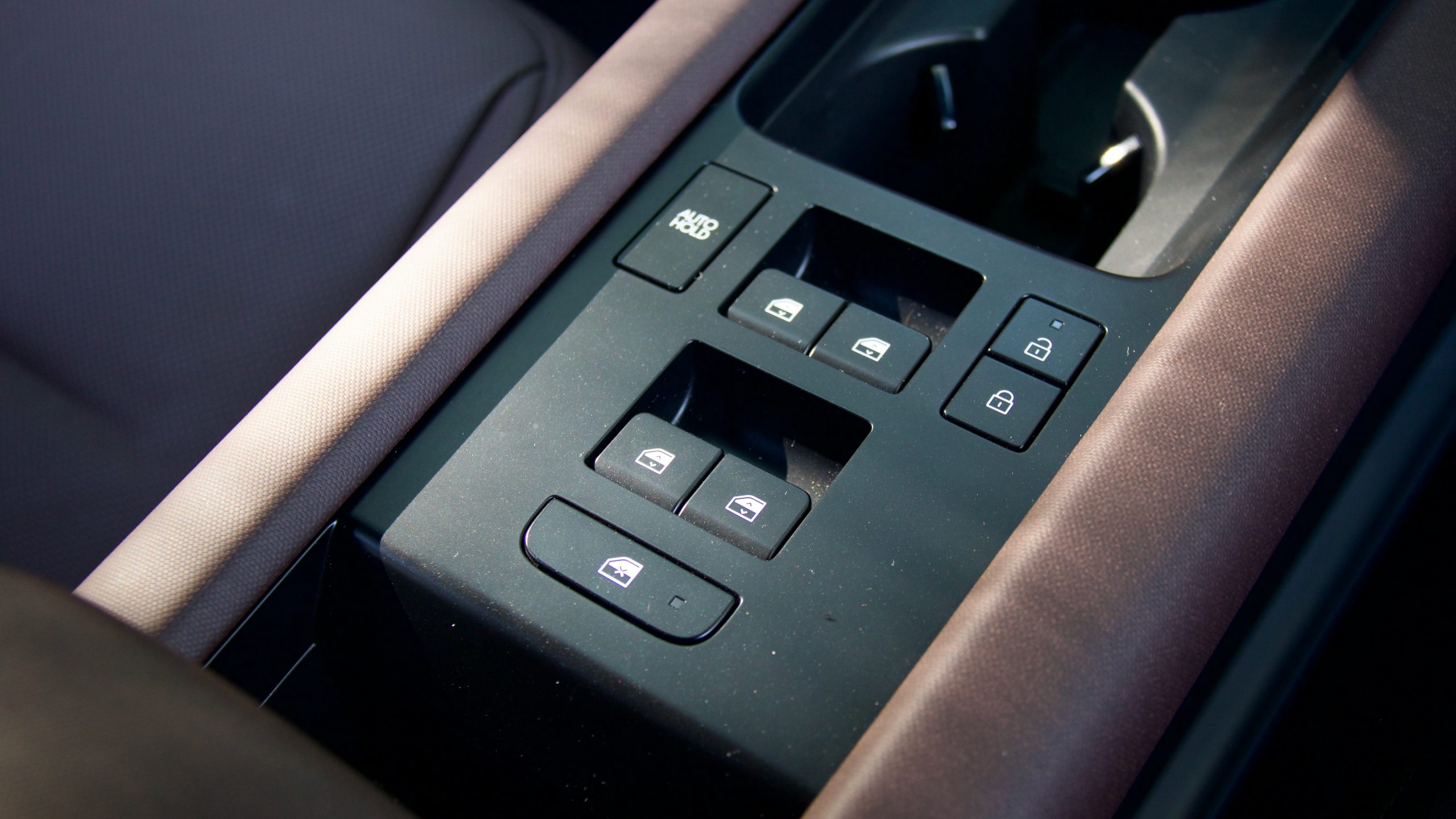
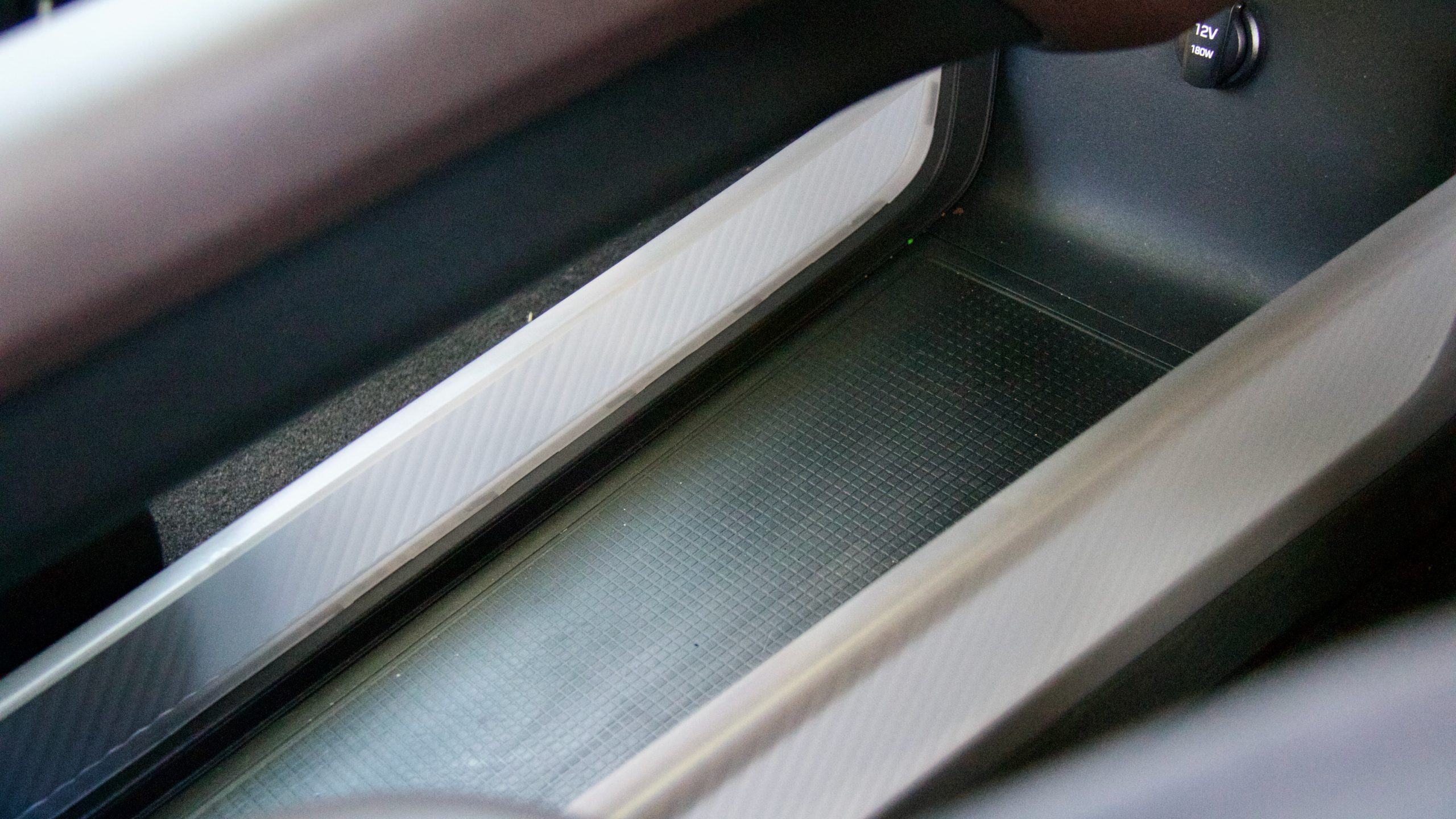
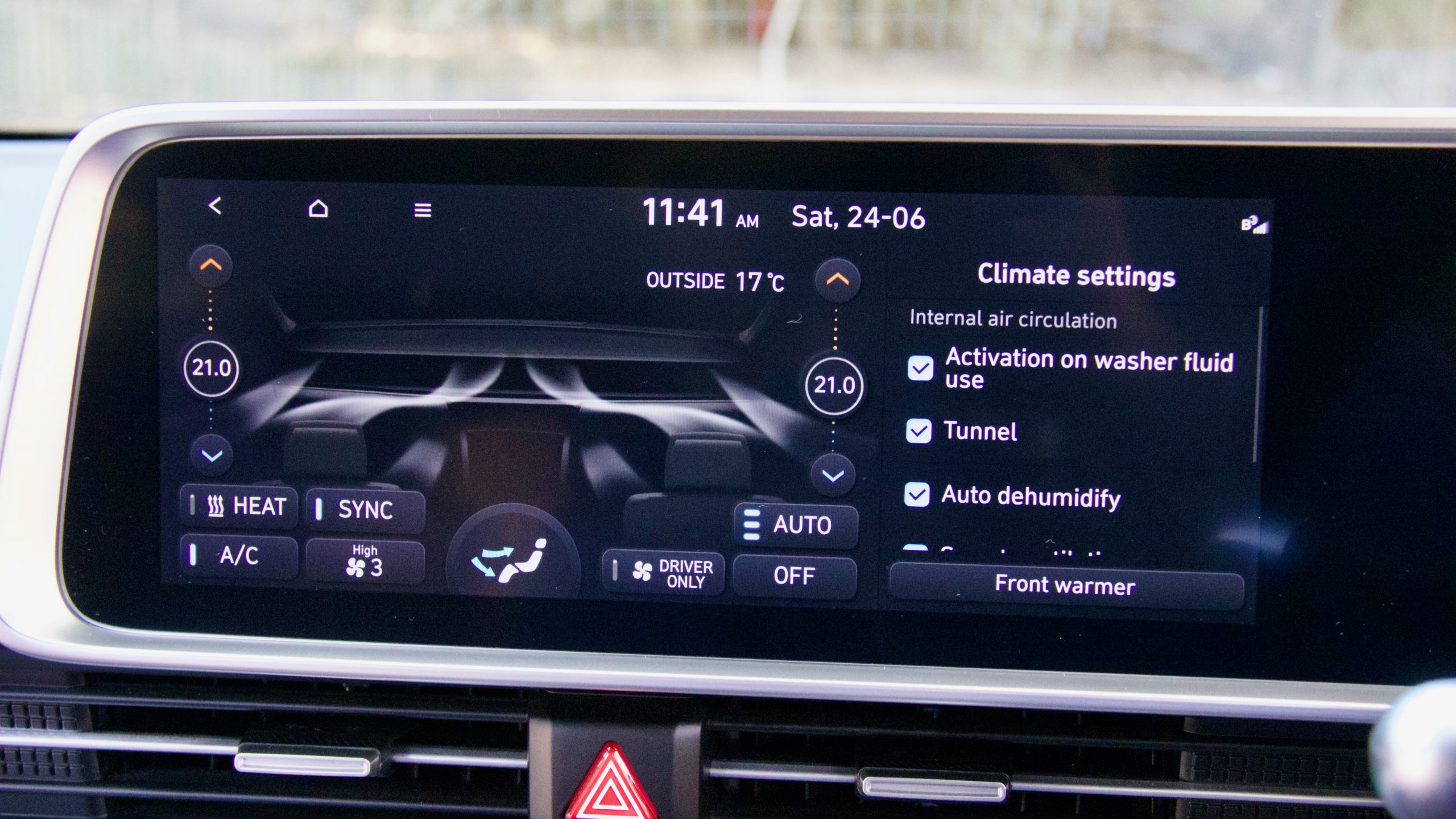
The only gripe we have with the Ioniq 6’s central touchscreen is that some features like the heated seats are now accessed through a few menu presses, instead of just a button press in some other cars. The digital driver’s display could be more configurable, but the heads-up display is excellent. The Ioniq 6 range uses an eight-speaker Bose sound system that’s reasonable in quality, and certainly much better than the Infinity-branded sound systems that feature in other Hyundai products.
Rear seat space in the Ioniq 6 is impressive – that is, until you realise how much the sloping roofline eats into headroom. Legroom is genuinely excellent – almost like you’re in a limo, and more than the Tesla and Polestar – but six-footers and taller will find their heads touching the roof more than in the Model 3 and Polestar 2. There are some amenities for rear passengers, however, including air vents, map pockets, door pockets, two USB-C ports and a central armrest with cupholders.
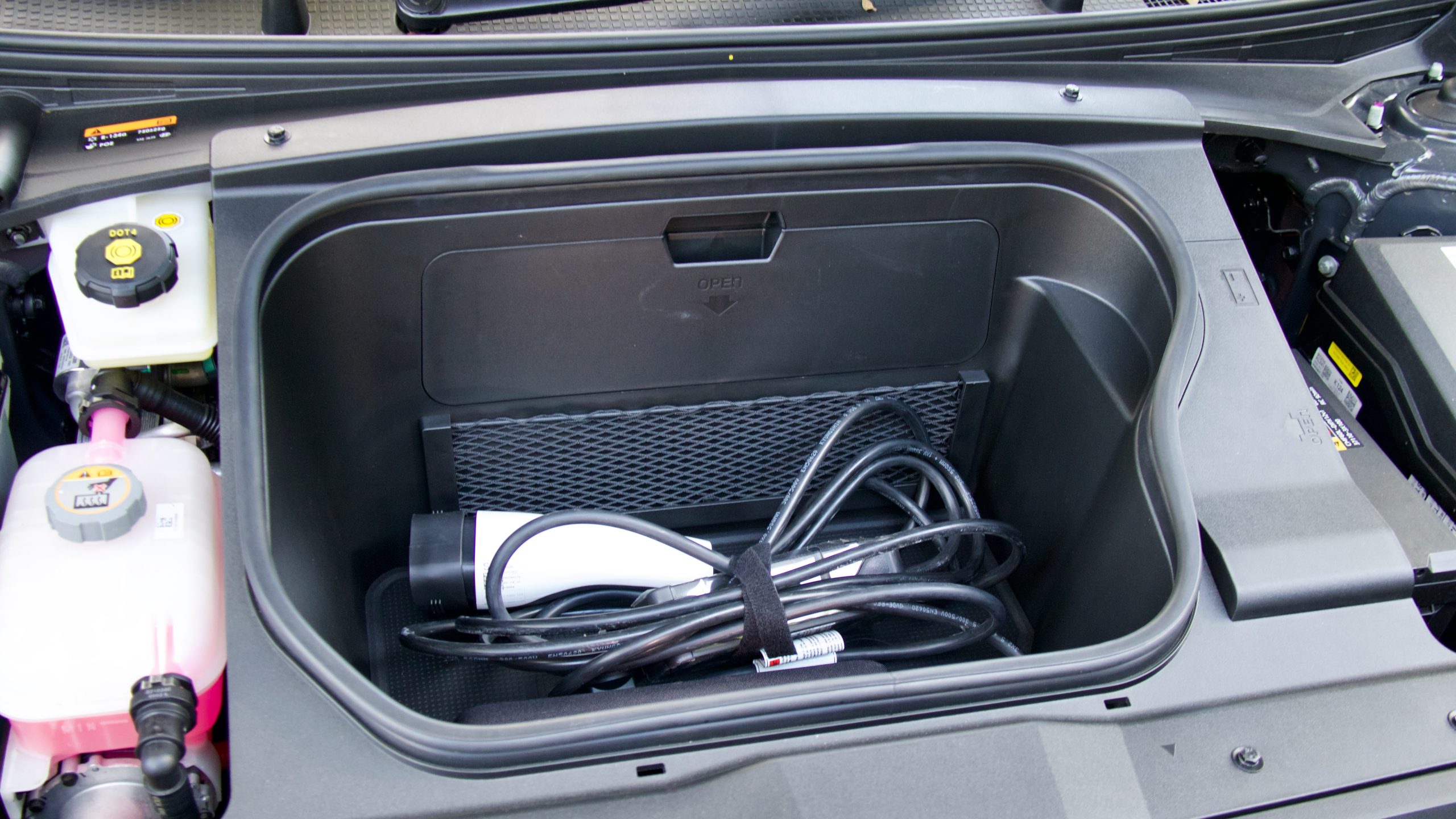
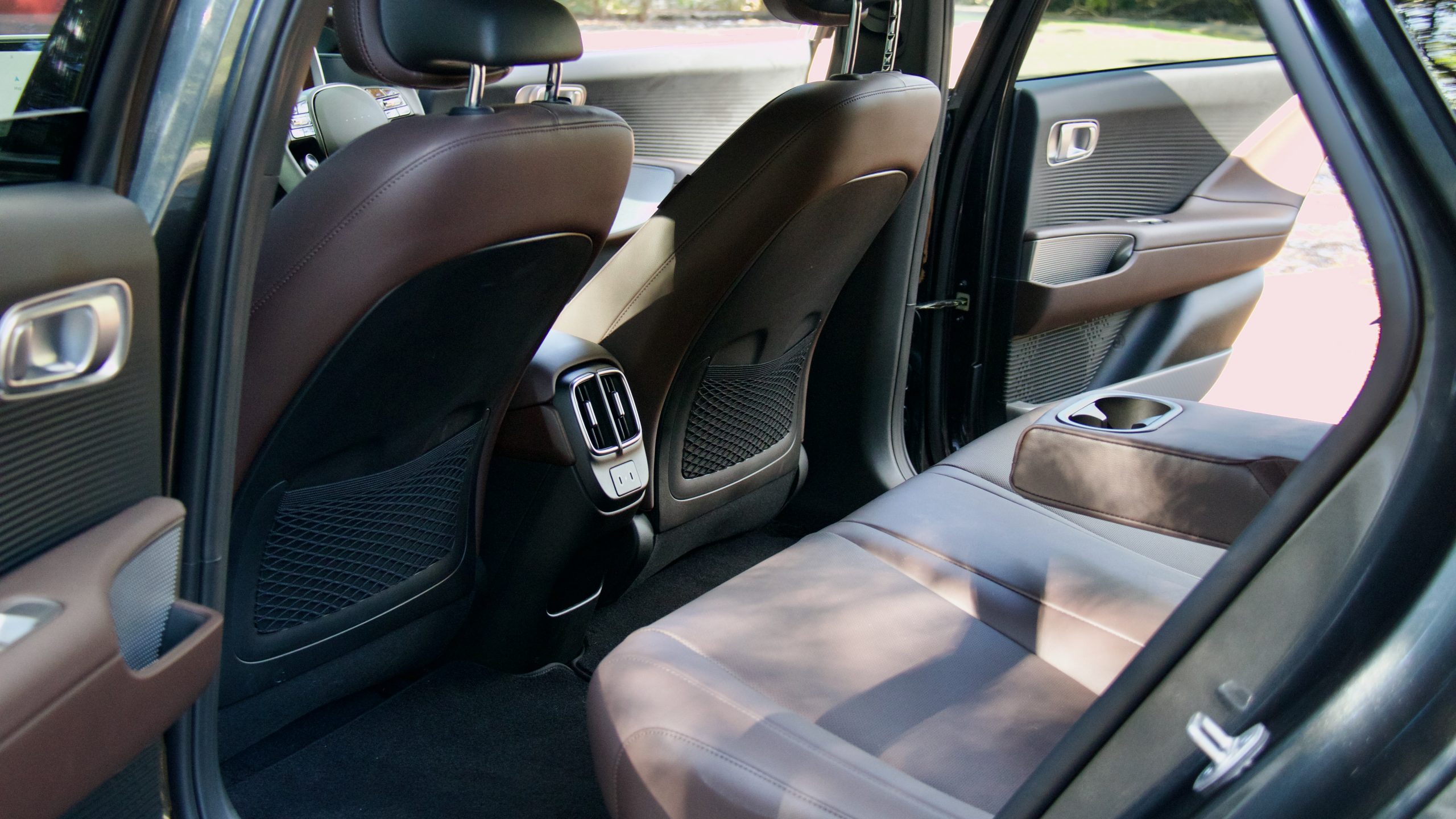
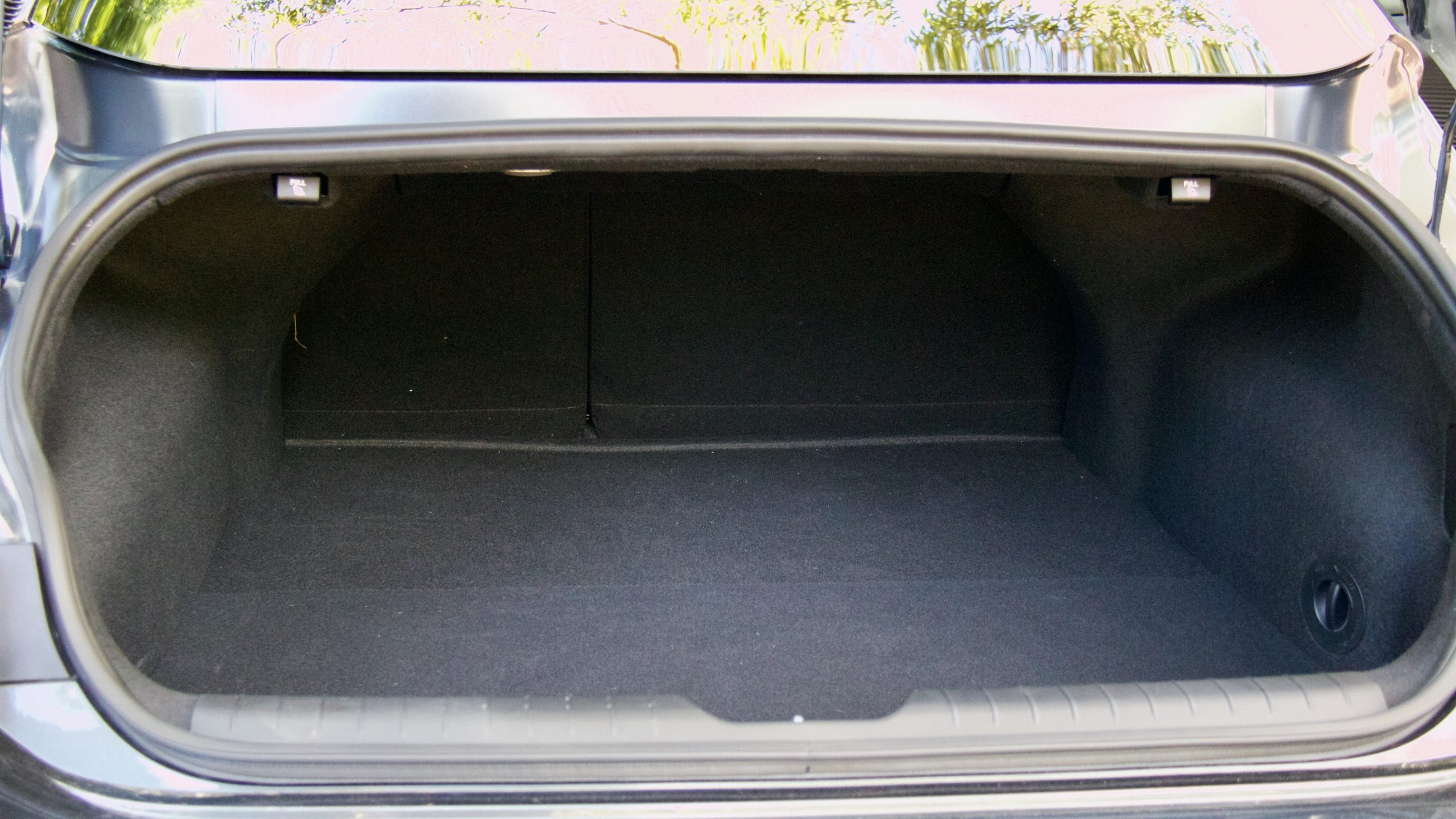
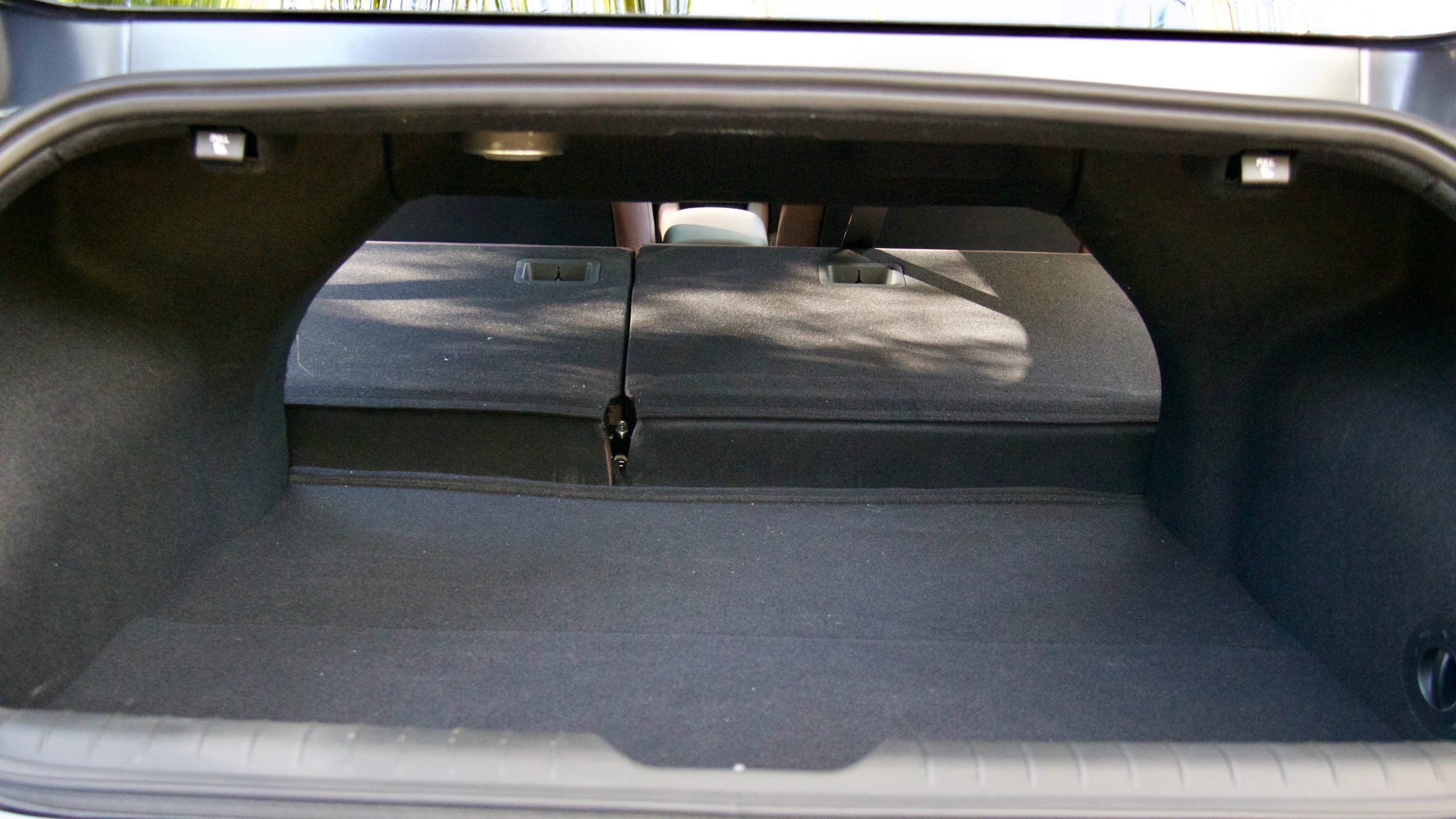
The boot of the Ioniq 6 measures 401-litres with the seats up, and the two-wheel drive Dynamiq features a 45L front boot. The rear seats fold in a 60:40 split, while the boot offers some extra storage underneath the boot floor as well. There’s no spare tyre, only a tyre repair kit. Despite the coupe-like fastback styling, the Ioniq 6 is a sedan and we think it would be far more practical if it were a liftback – like the Polestar – because its boot opening is quite small, like the Model 3.
Service & Warranty: 9/10
Like other Hyundai models, the 2023 Hyundai Ioniq 6 Dynamiq is equipped with a five-year/unlimited km warranty with roadside assistance as long as it’s serviced at a Hyundai dealer and the battery is covered by an eight-year/160,000km warranty. The Ioniq 6’s service intervals are once every two years or every 30,000km, whichever comes first and each of the first four services costs $560 each ($280 annually).
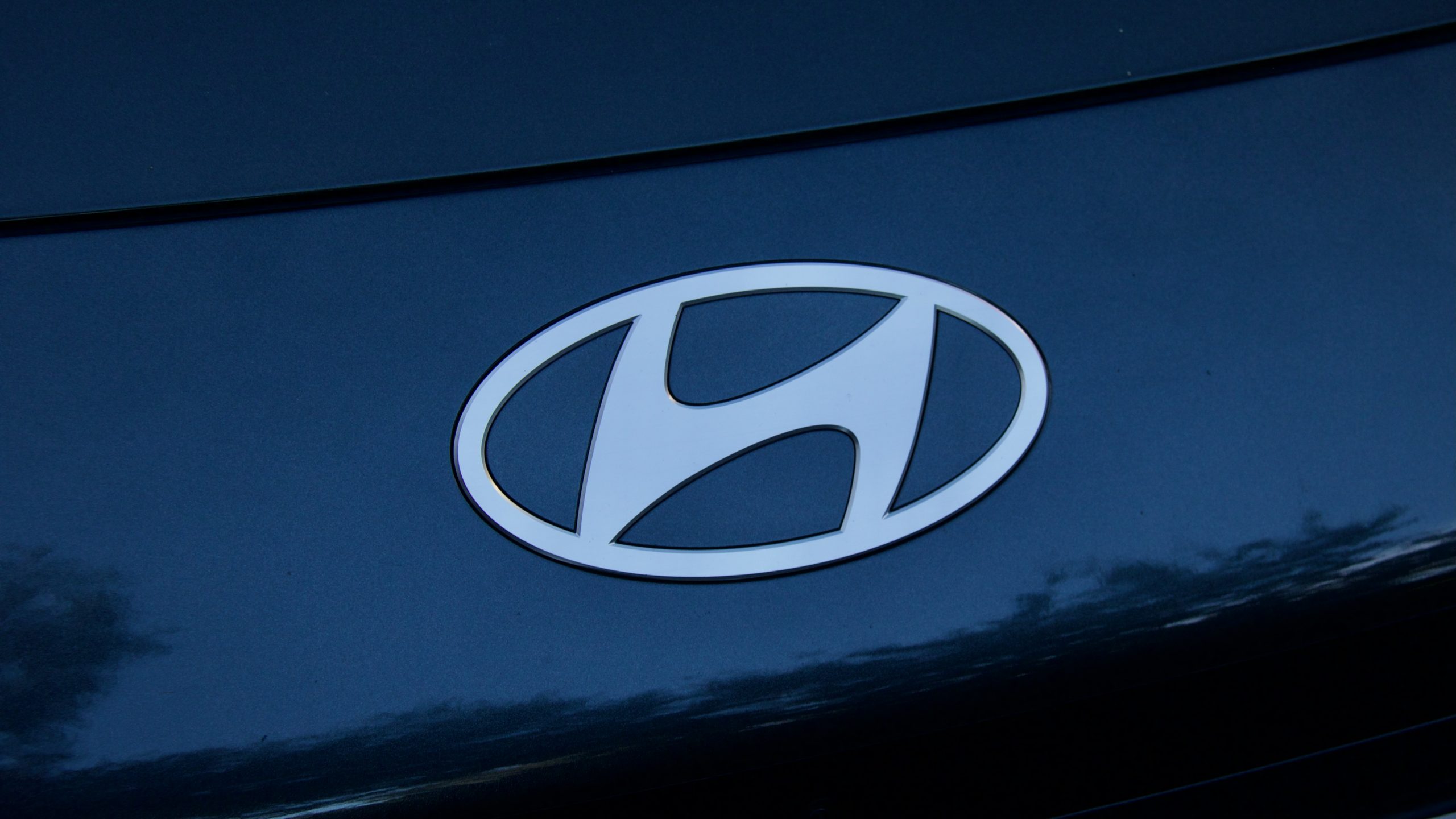
Tesla offers an inferior four-year/80,000km warranty for the Model 3, and doesn’t quote service pricing suggesting that its cars don’t need servicing, only when items need replacing. The Polestar gets a five-year/unlimited km warranty with five years of roadside assistance and five years of servicing included in the price. Both the Tesla and Polestar have eight-year/160,000km battery warranties, like the Hyundai.
The 2023 Hyundai Ioniq 6 Dynamiq DiscoverAuto Rating: 8.7/10
Overall, it’s difficult not to be impressed by the 2023 Hyundai Ioniq 6 Dynamiq. While the styling isn’t to all tastes, it’s a great lesson in what good aerodynamics can do – compared to the brick-like Ioniq 5 with the same battery, the Ioniq 6 offers up to 107km more WLTP-rated range thanks to its greater drag co-efficiency unlocking superior efficiency. It also drives better than the Ioniq 5 and offers a greater mix of ride and handling talen than the Model 3 thanks to a lighter feeling on its feet. Plus, the interior is a nice place to be, it’s well equipped, and thanks to its platform, offers some of the fastest charging on the market.
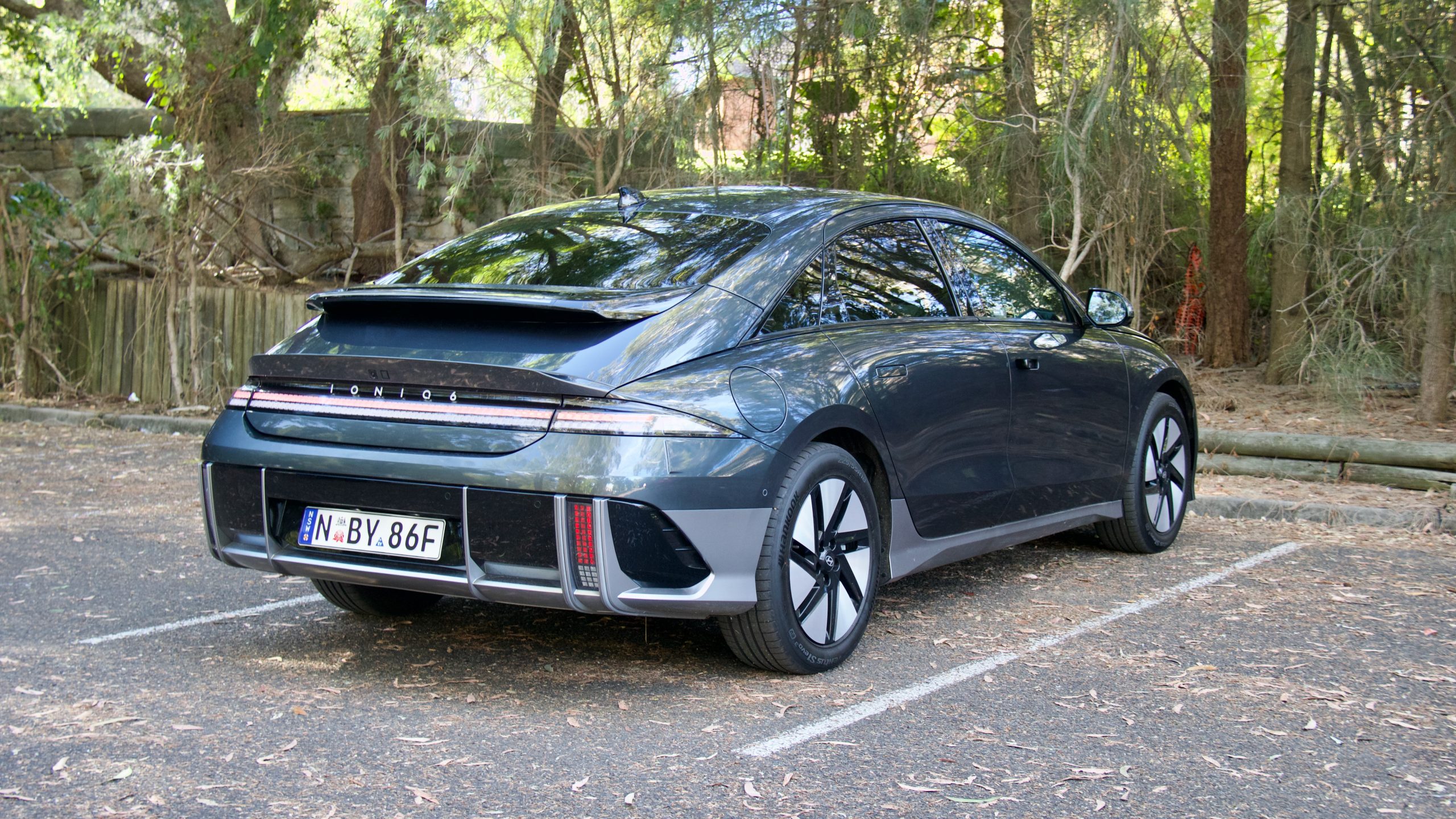
On the flip side, the Ioniq 6’s rear headroom and boot isn’t great, while we think there should also be a less expensive model on offer – a smaller 53kWh battery option is on sale in some overseas markets – to better position the Ioniq 6 against the less expensive Model 3. While the Ioniq 6 Dynamiq compares well to the Model 3 Long Range, Hyundai doesn’t yet have a competitor to the entry-level Standard Range Model 3. But regardless, we think that the Ioniq 6 is a pretty impressive offering and, dare we say, Hyundai’s best electric vehicle to date.
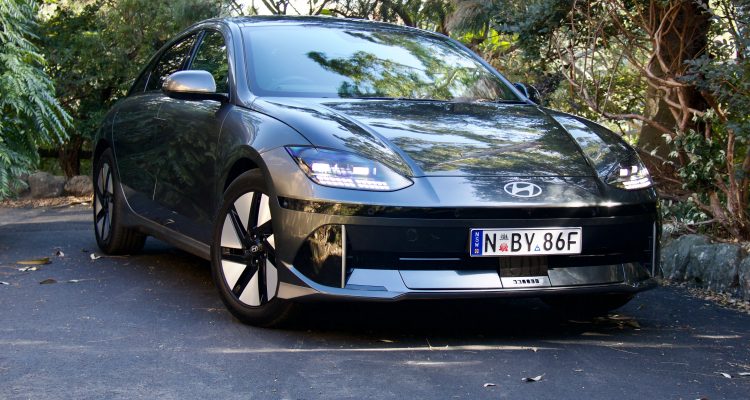
Leave a Reply